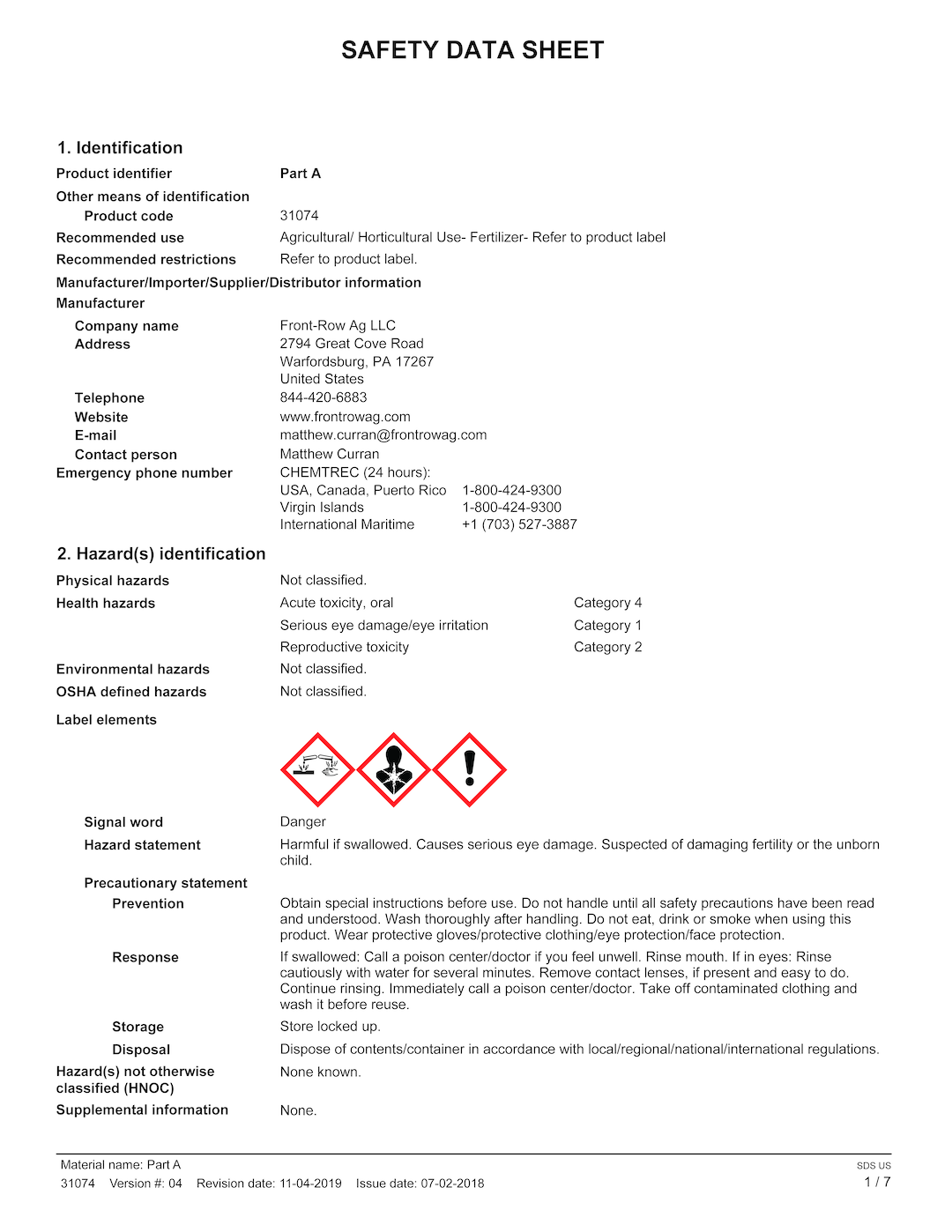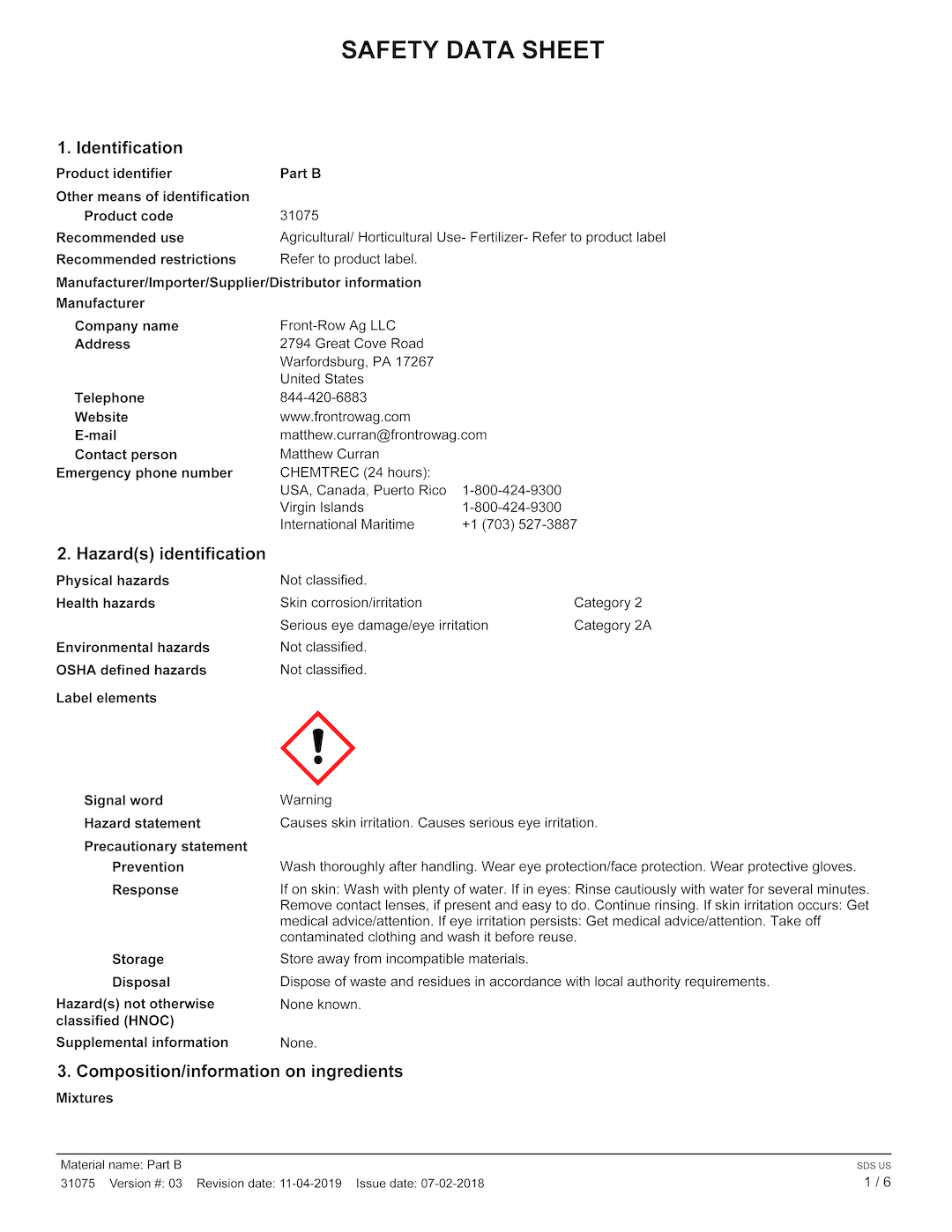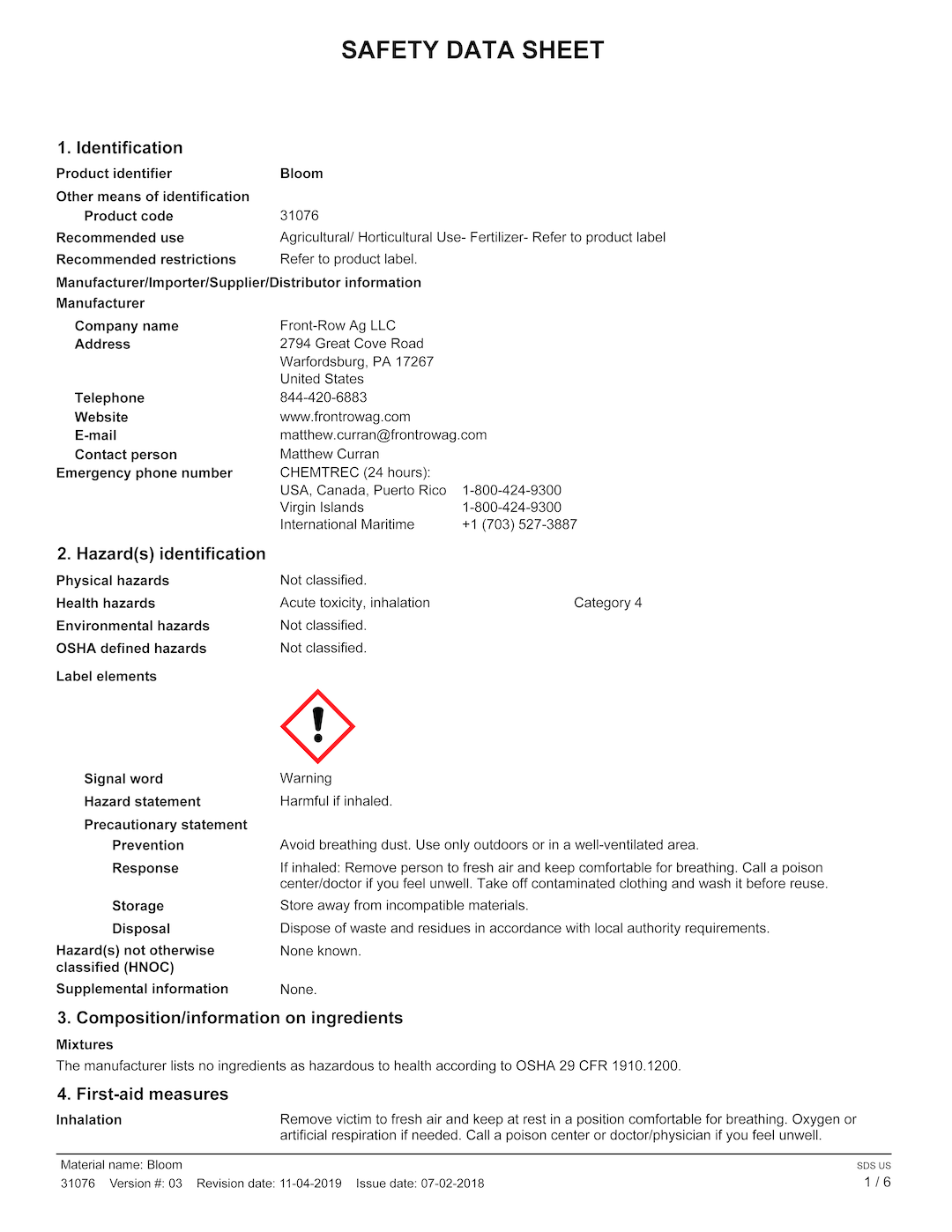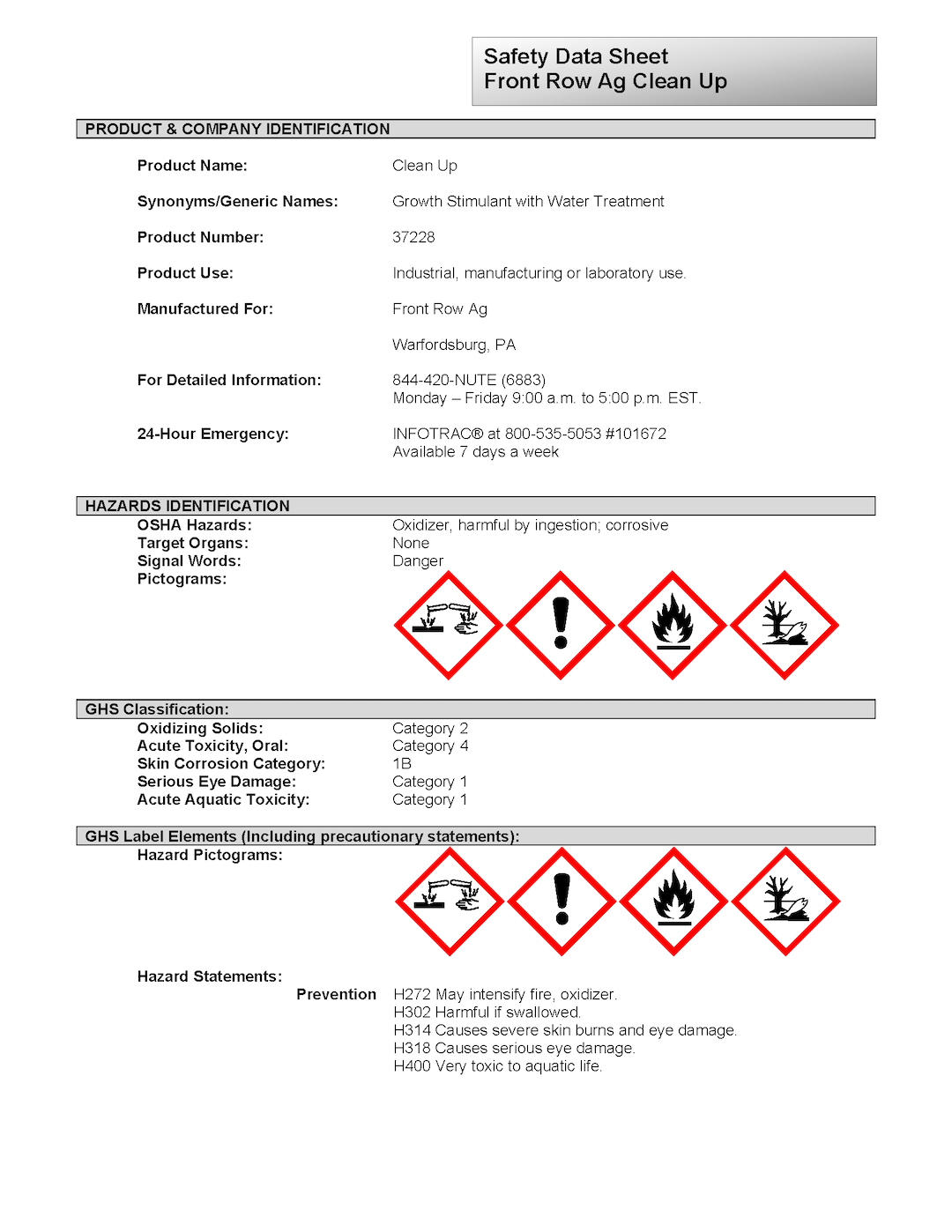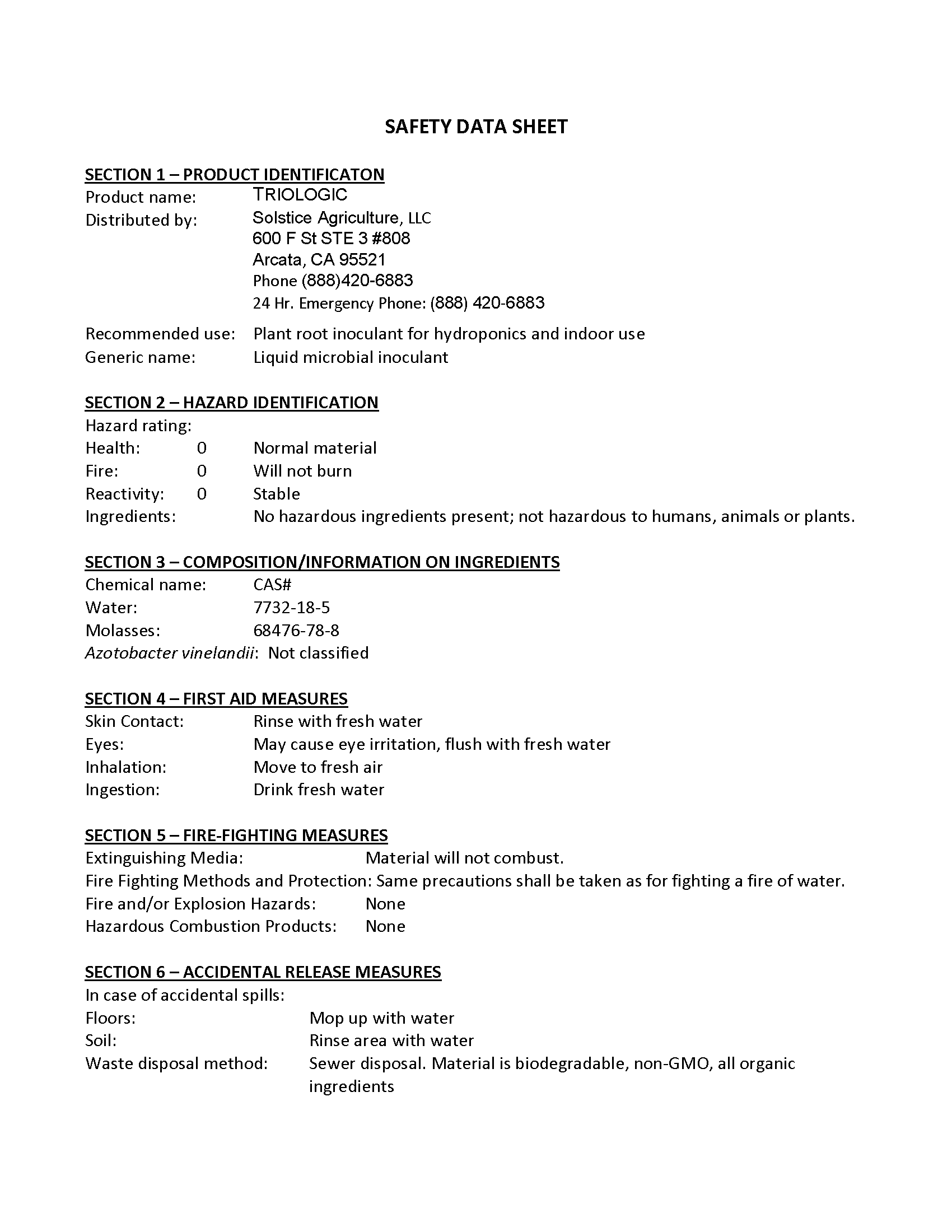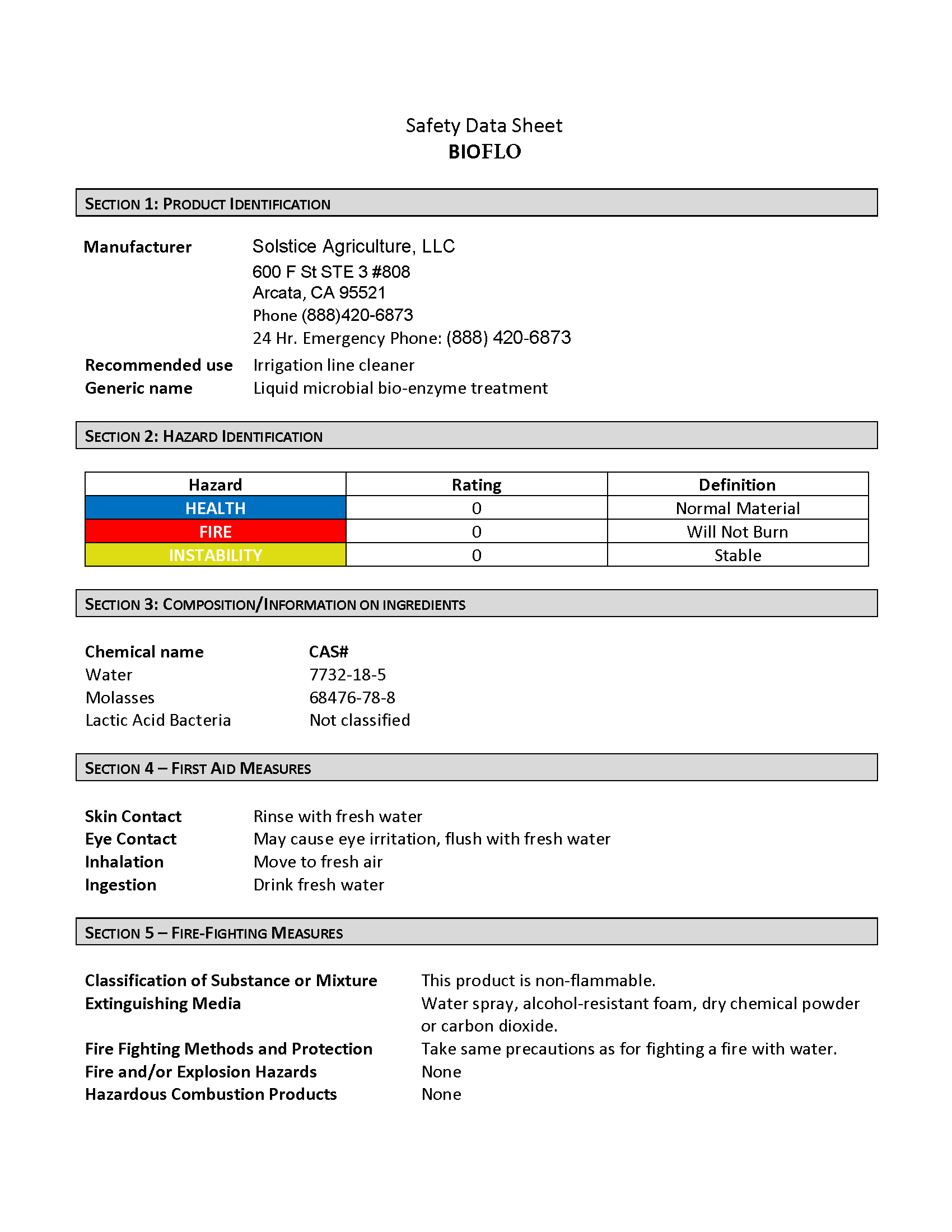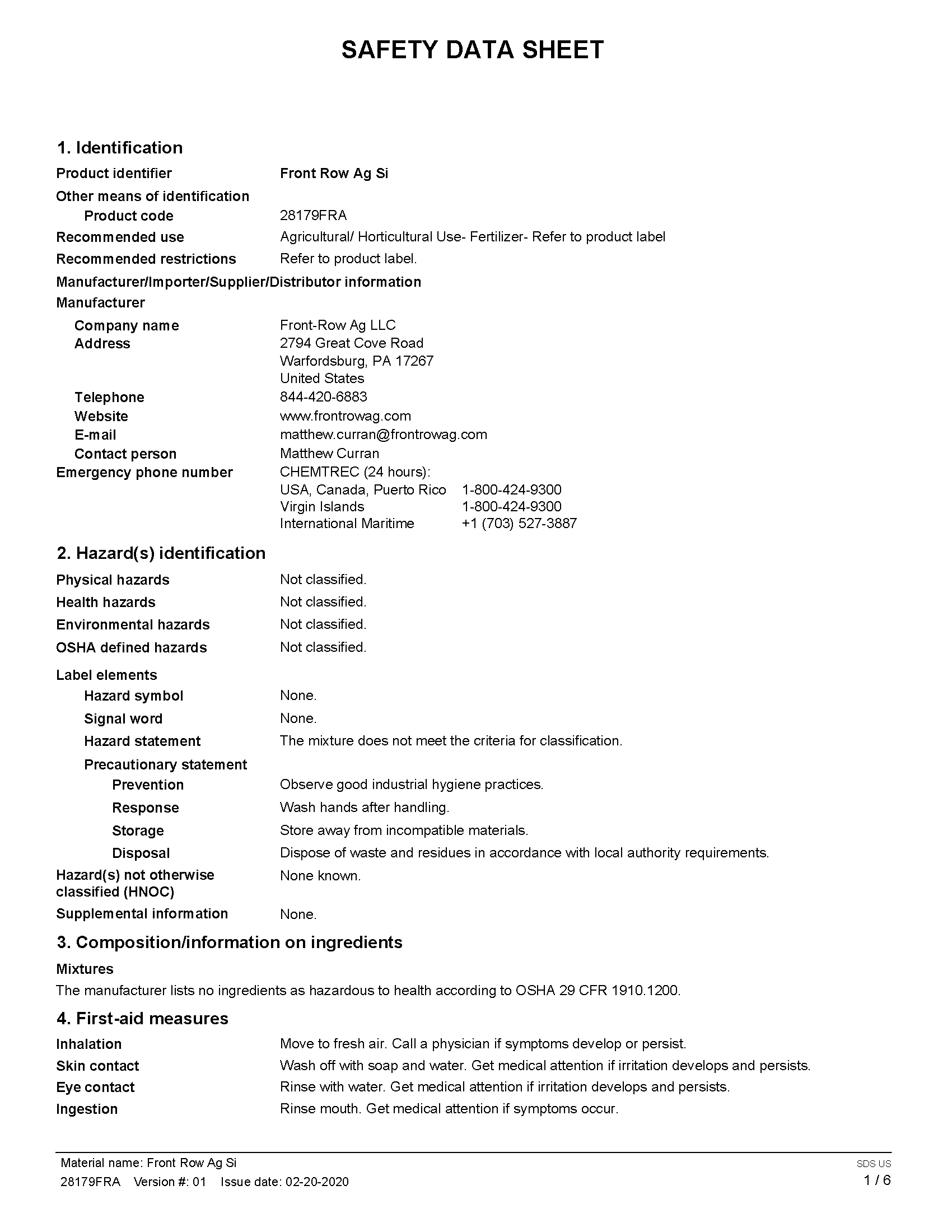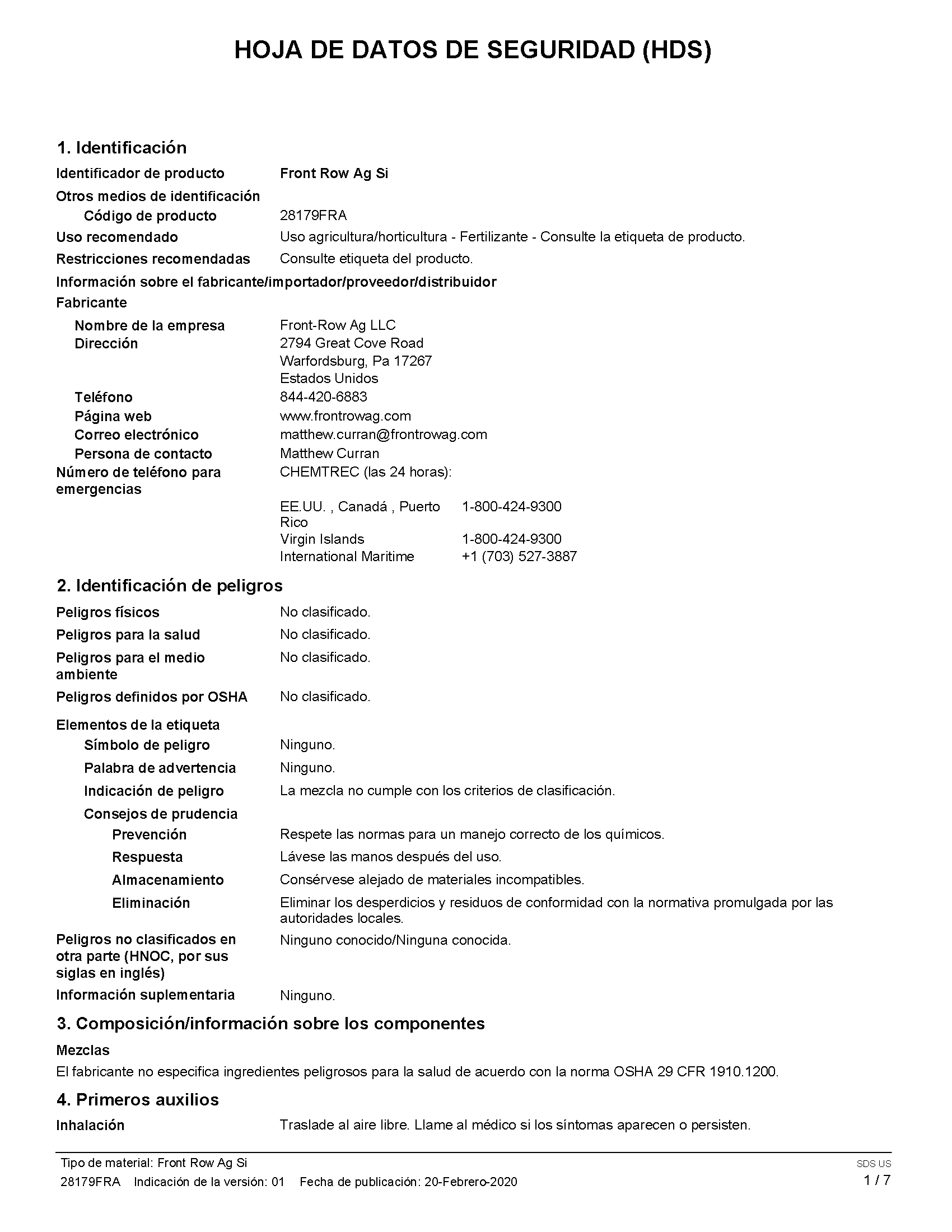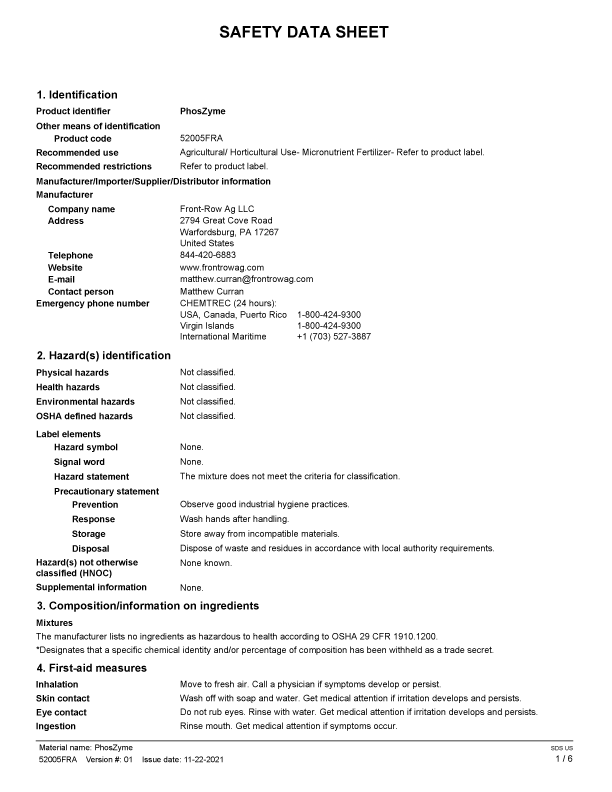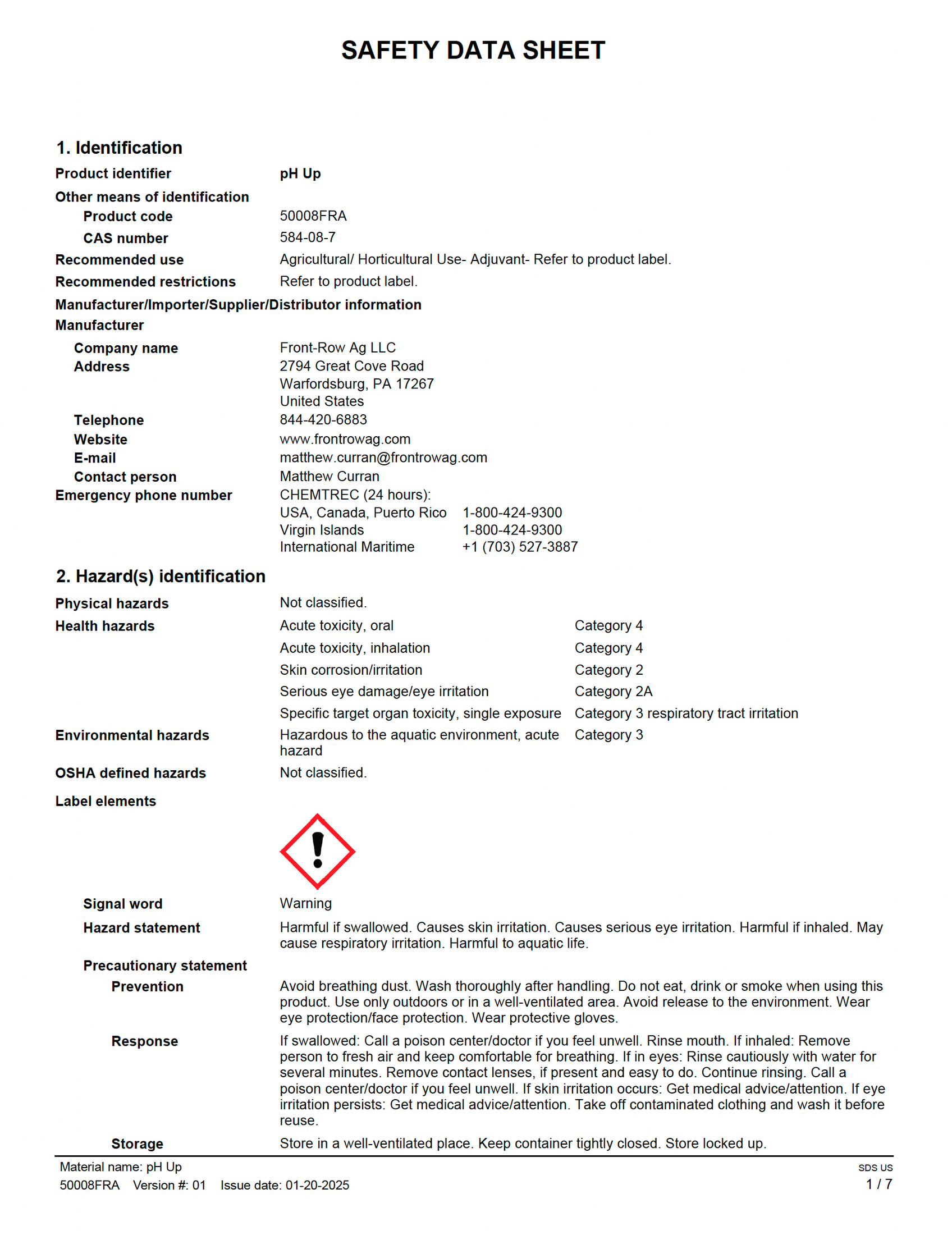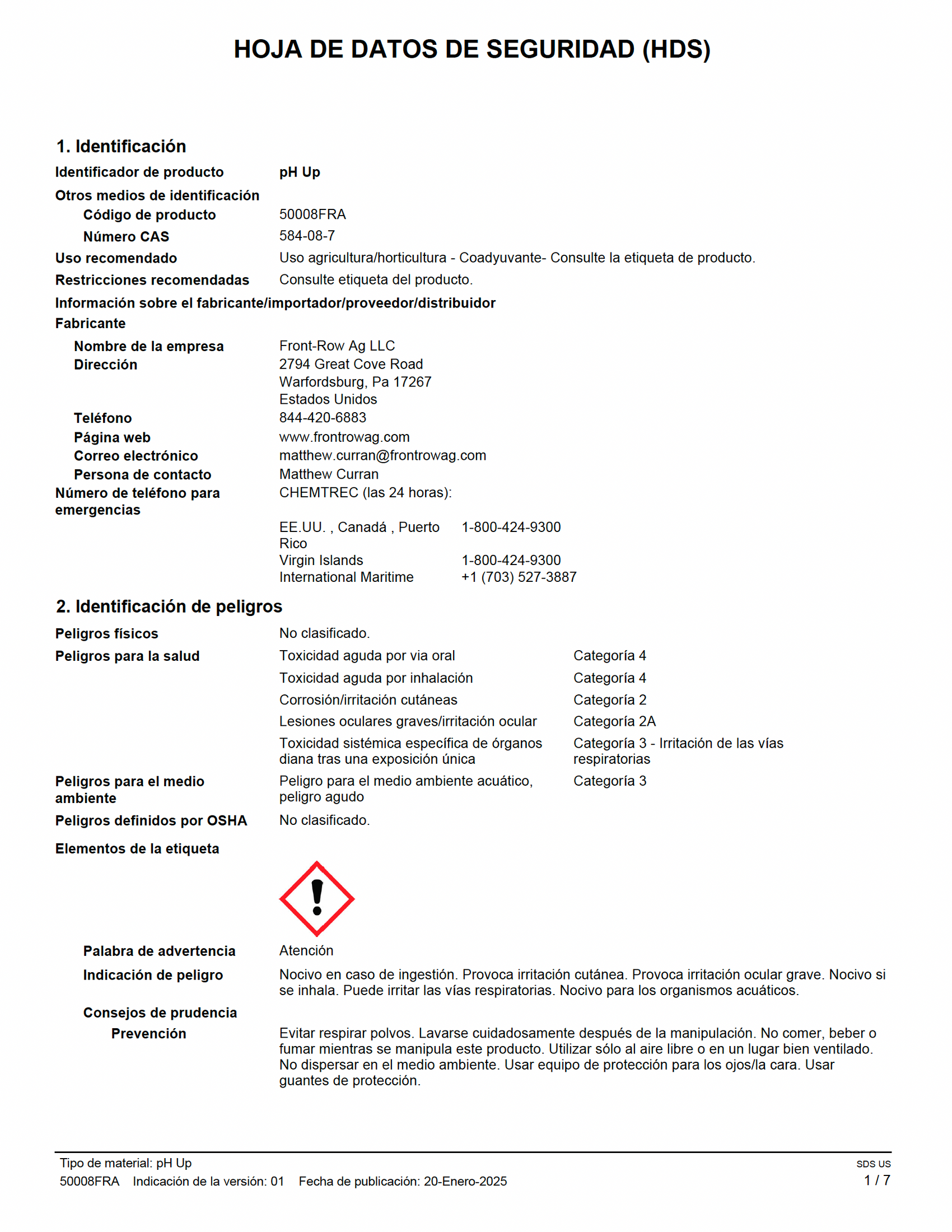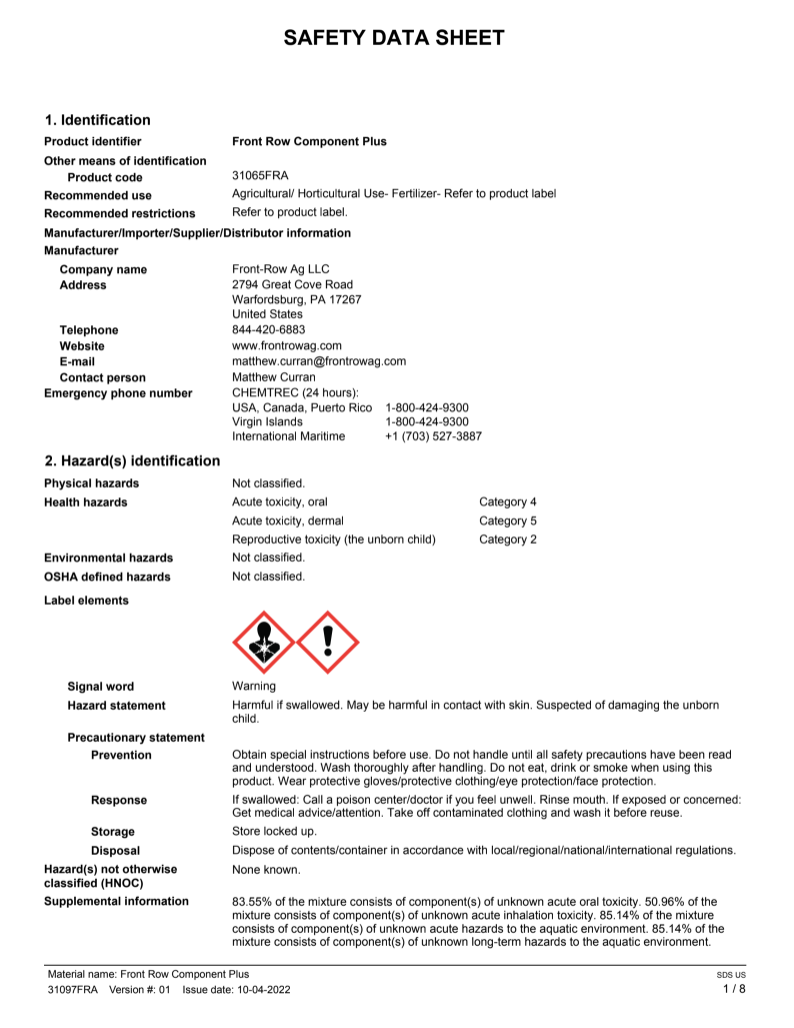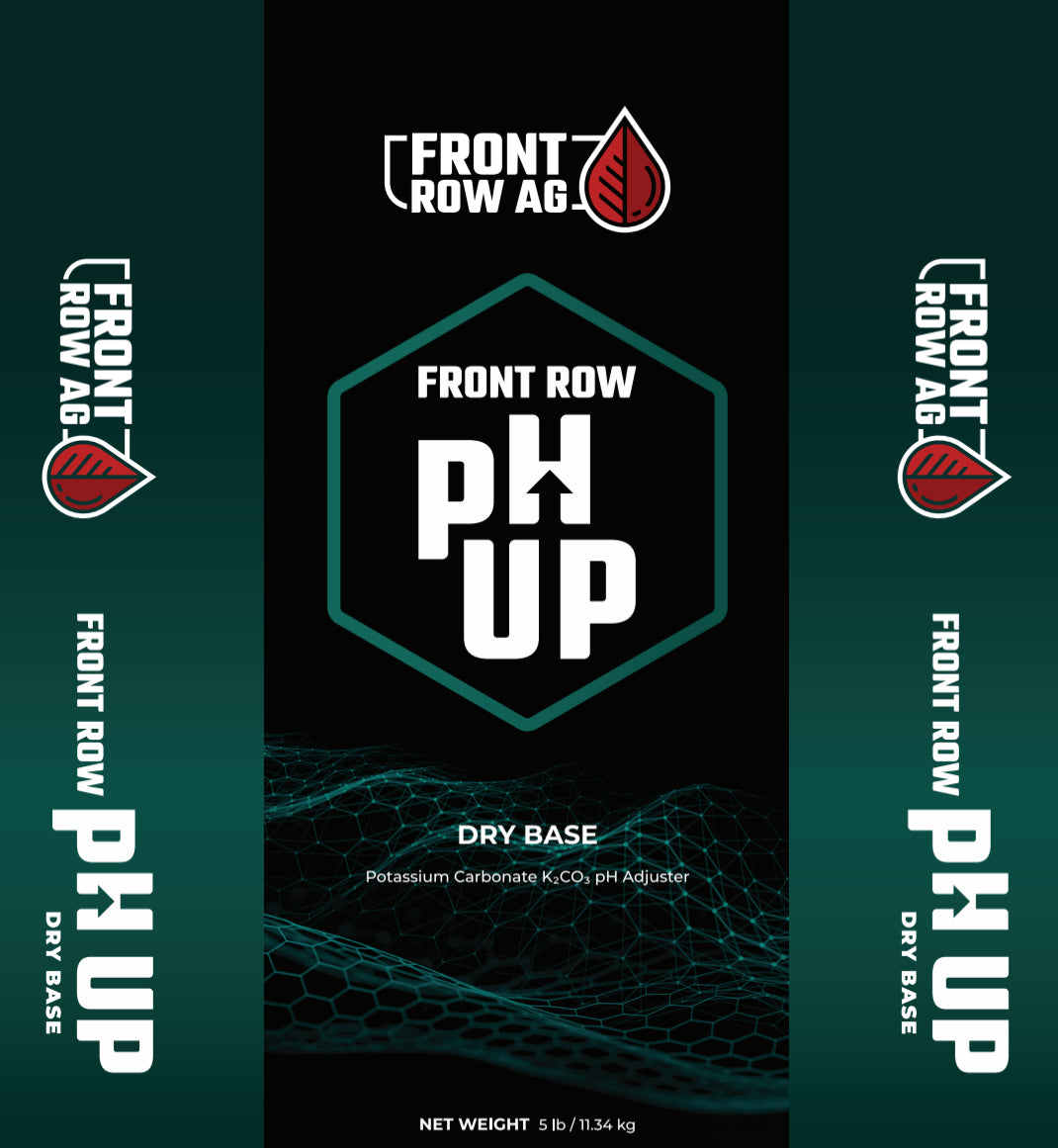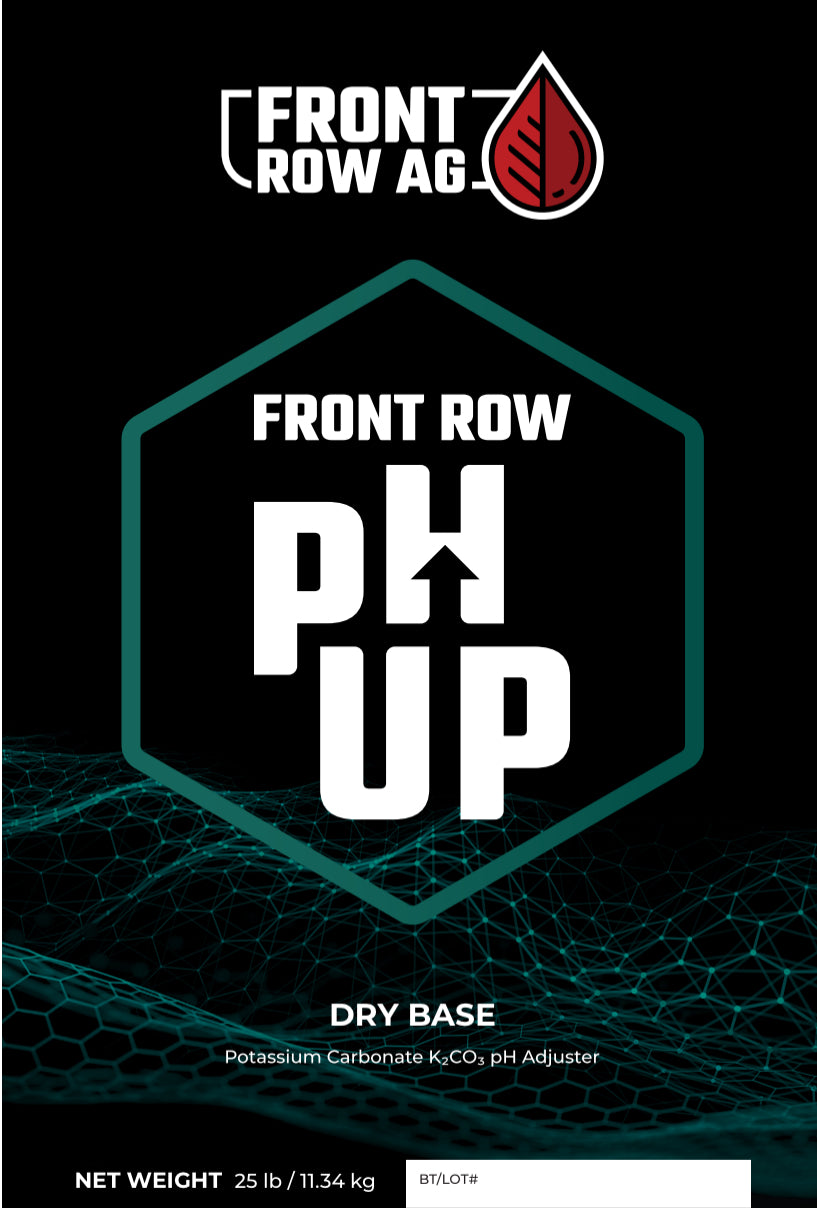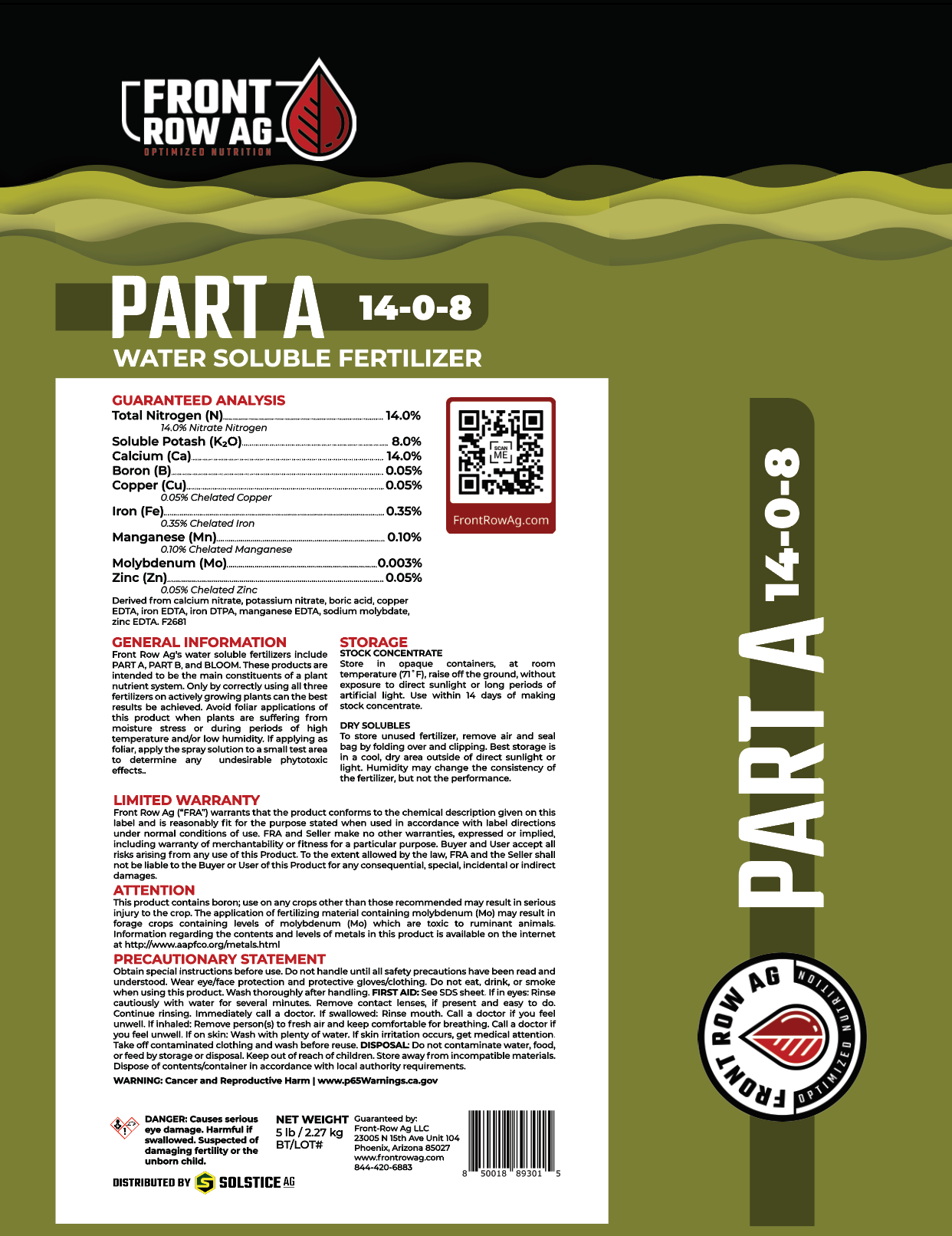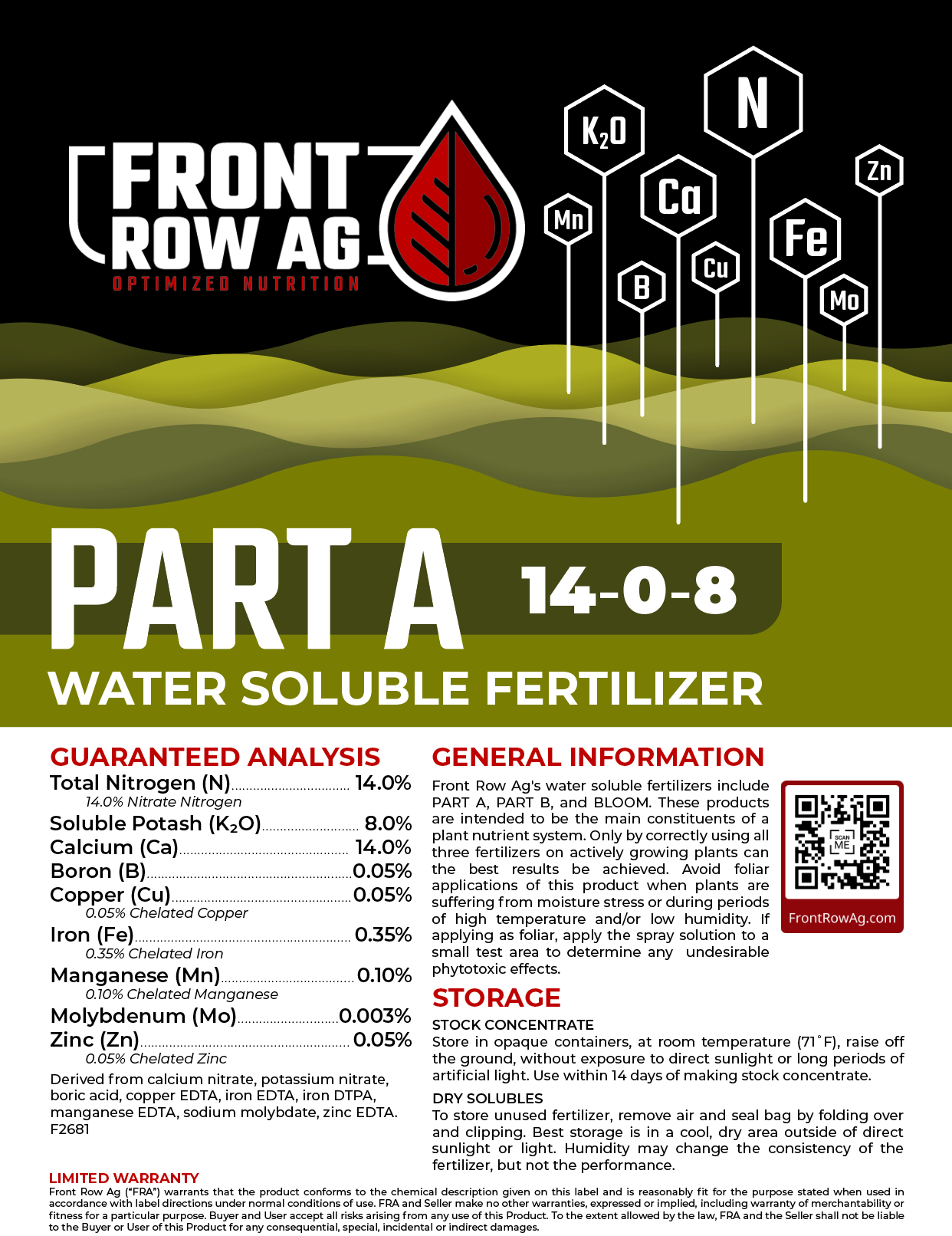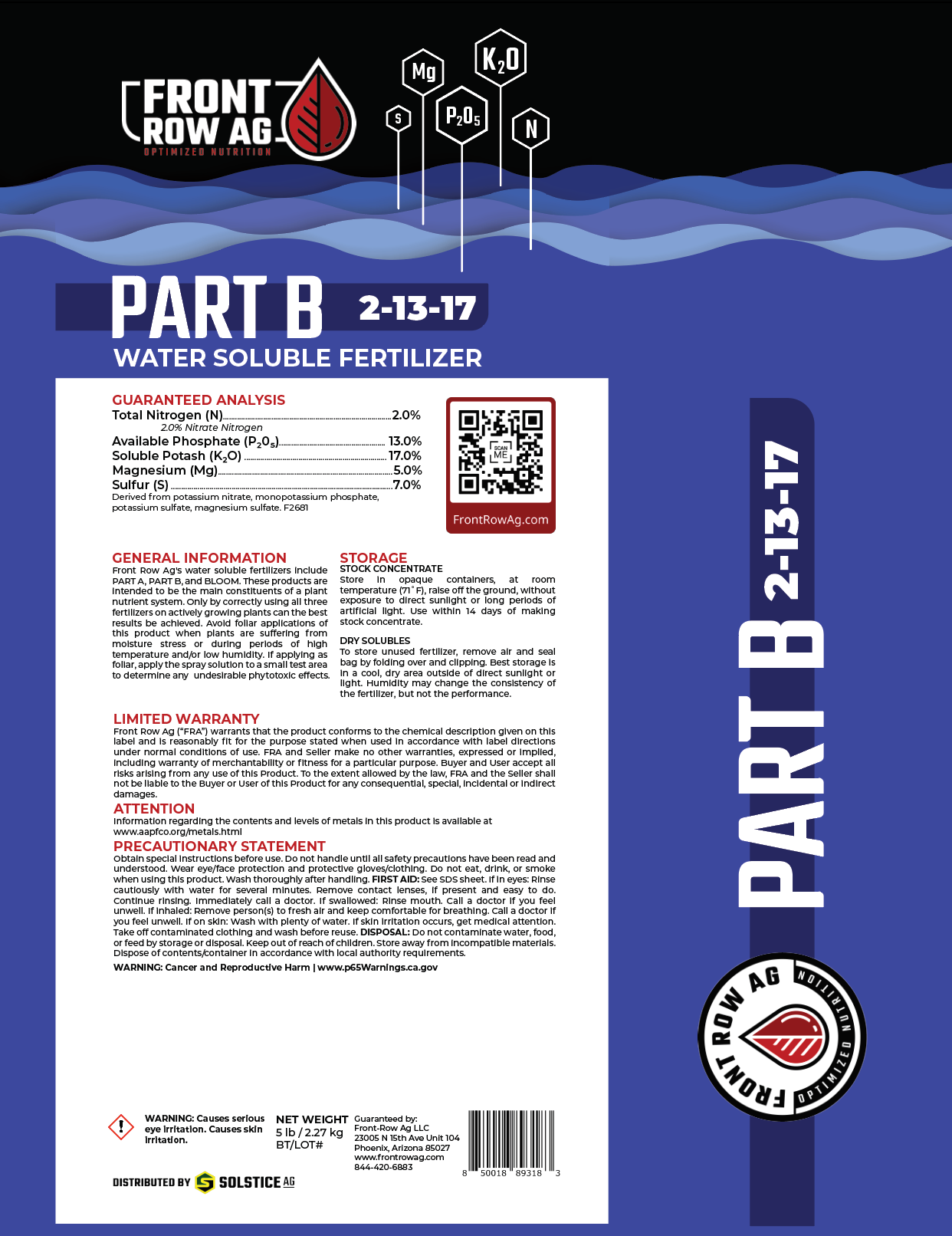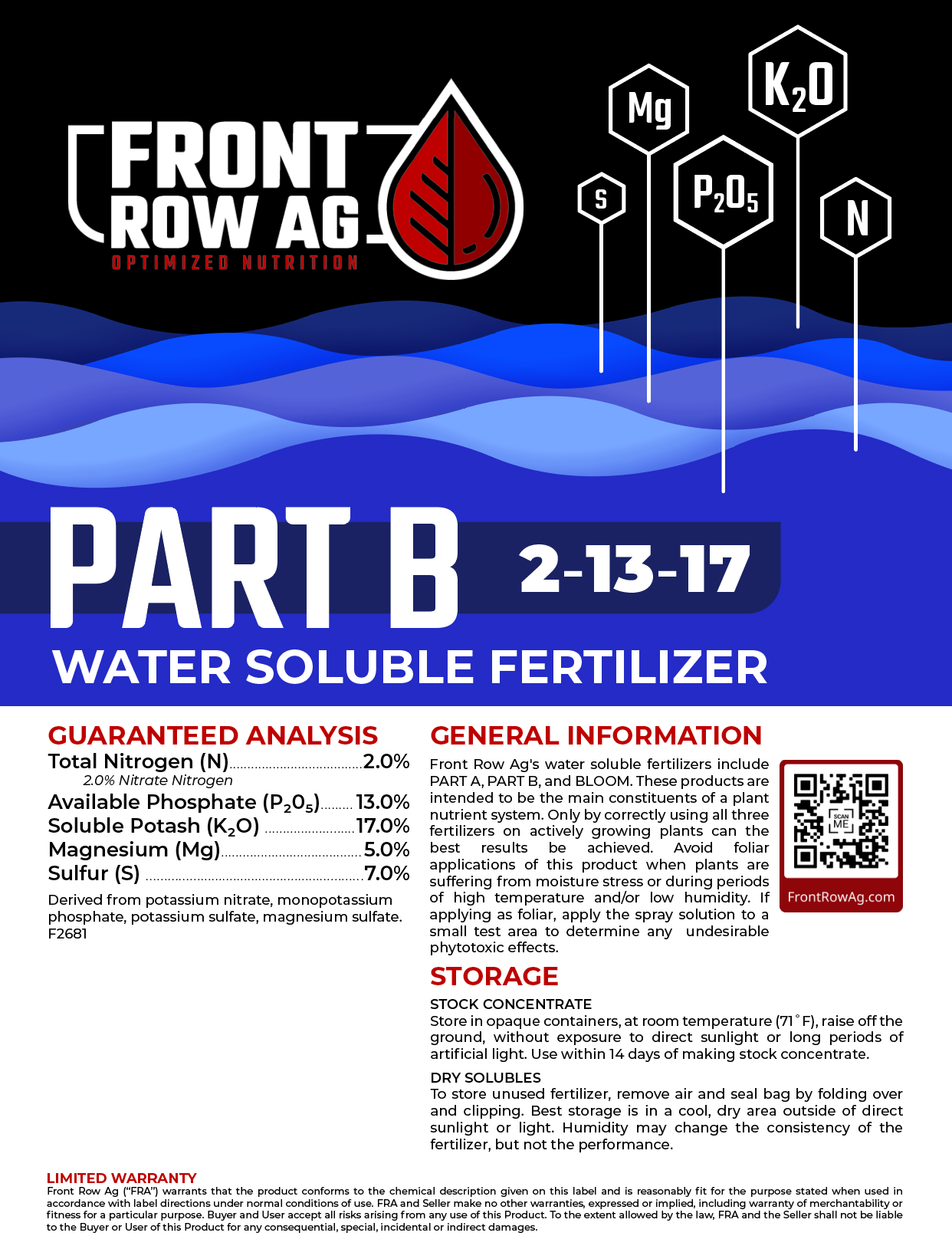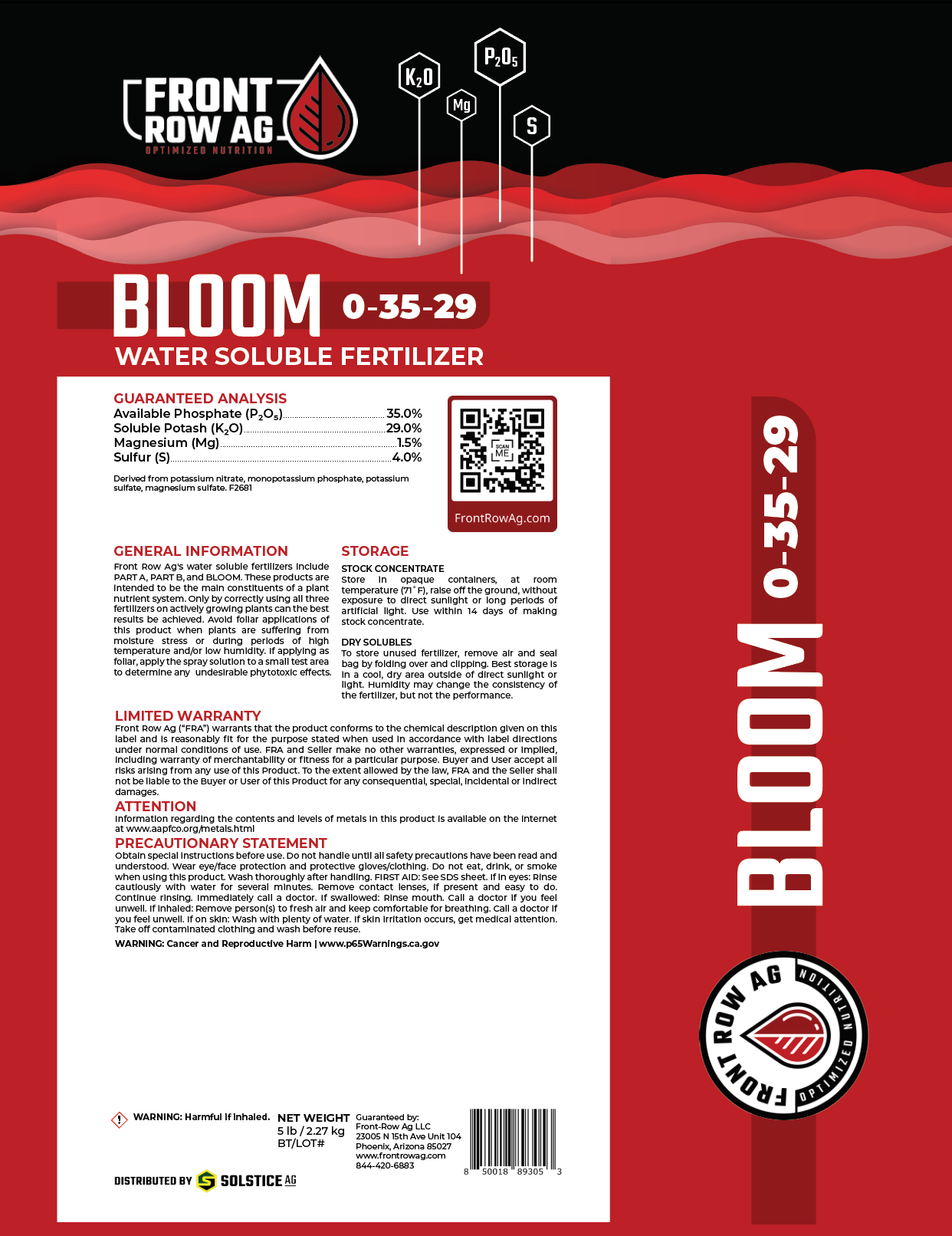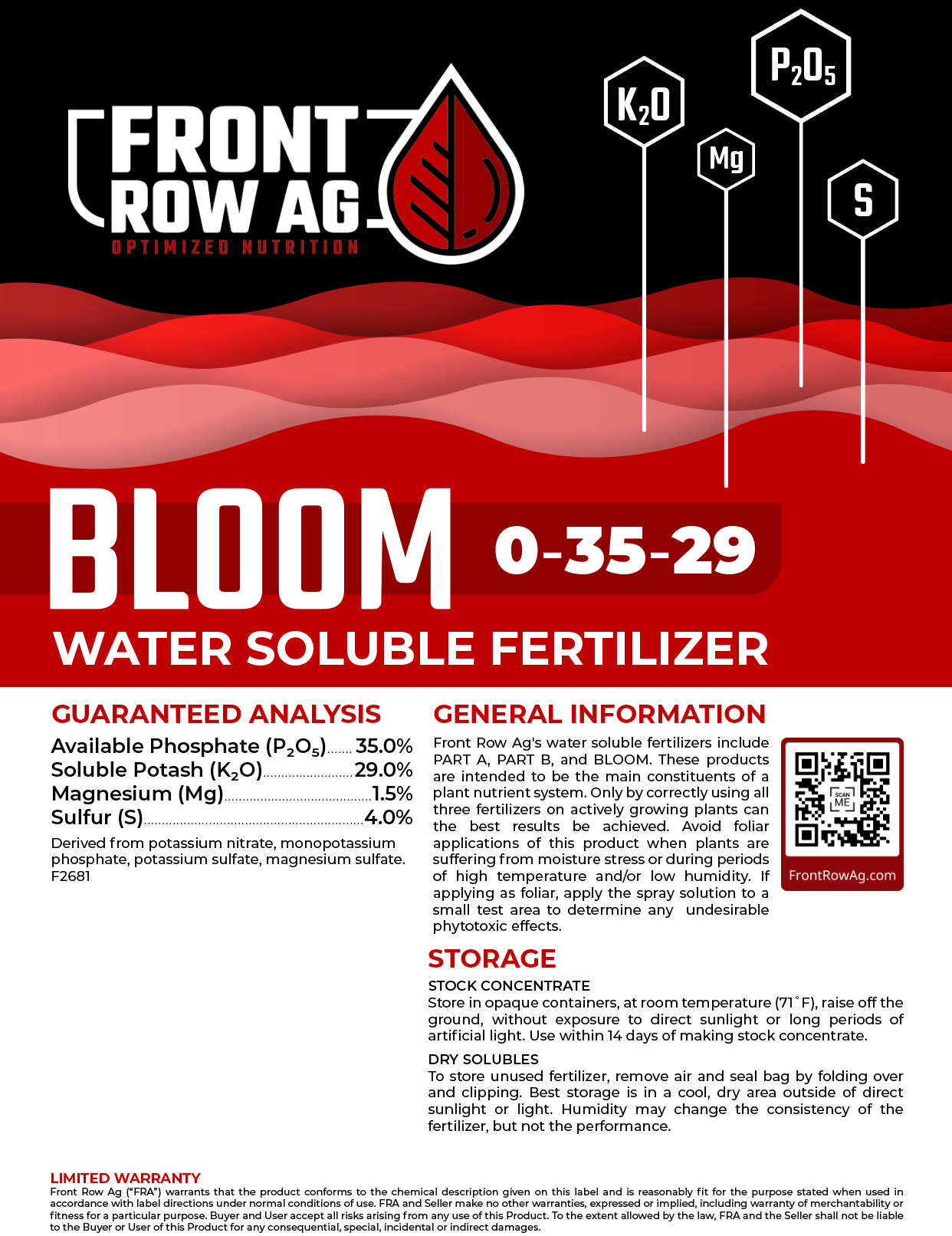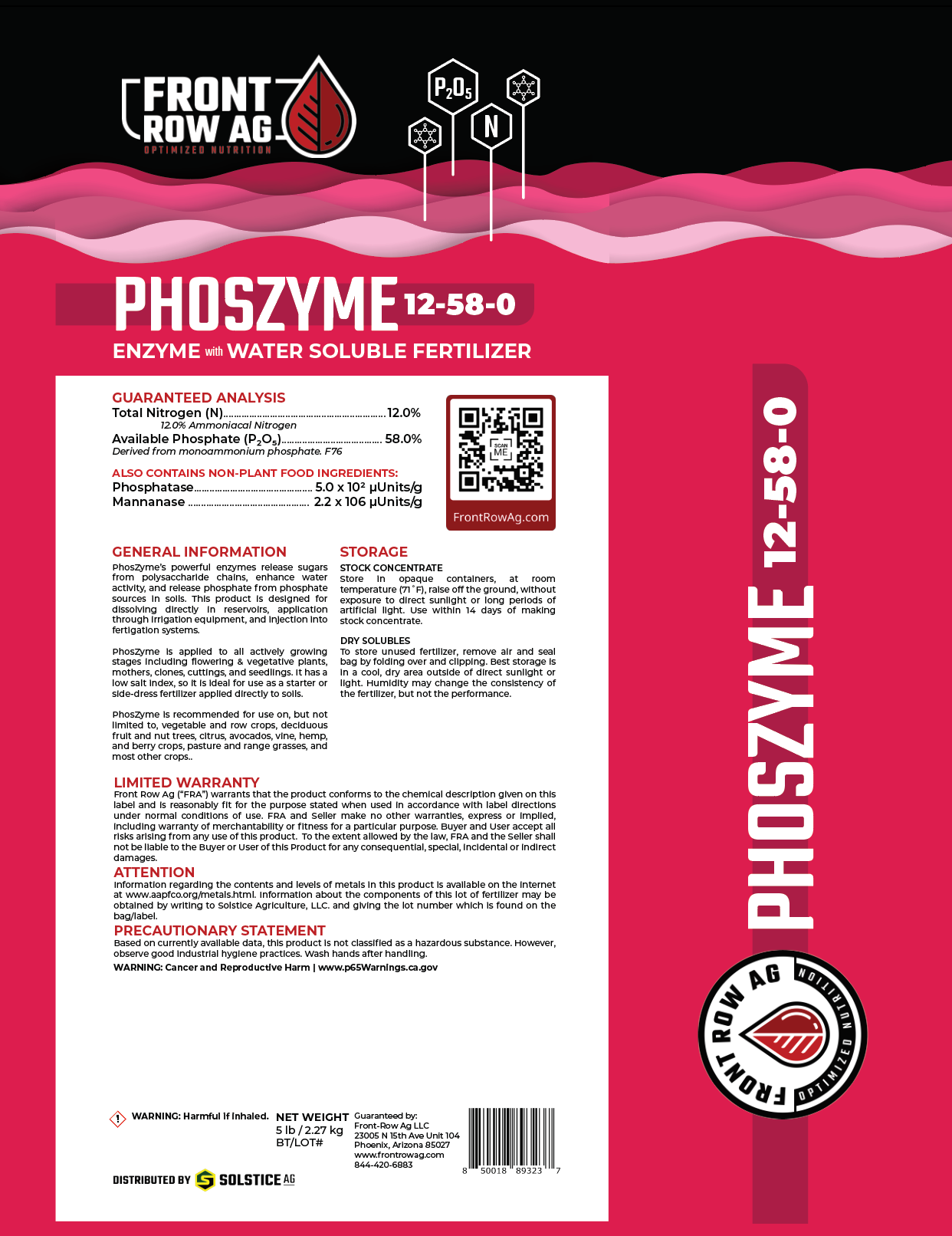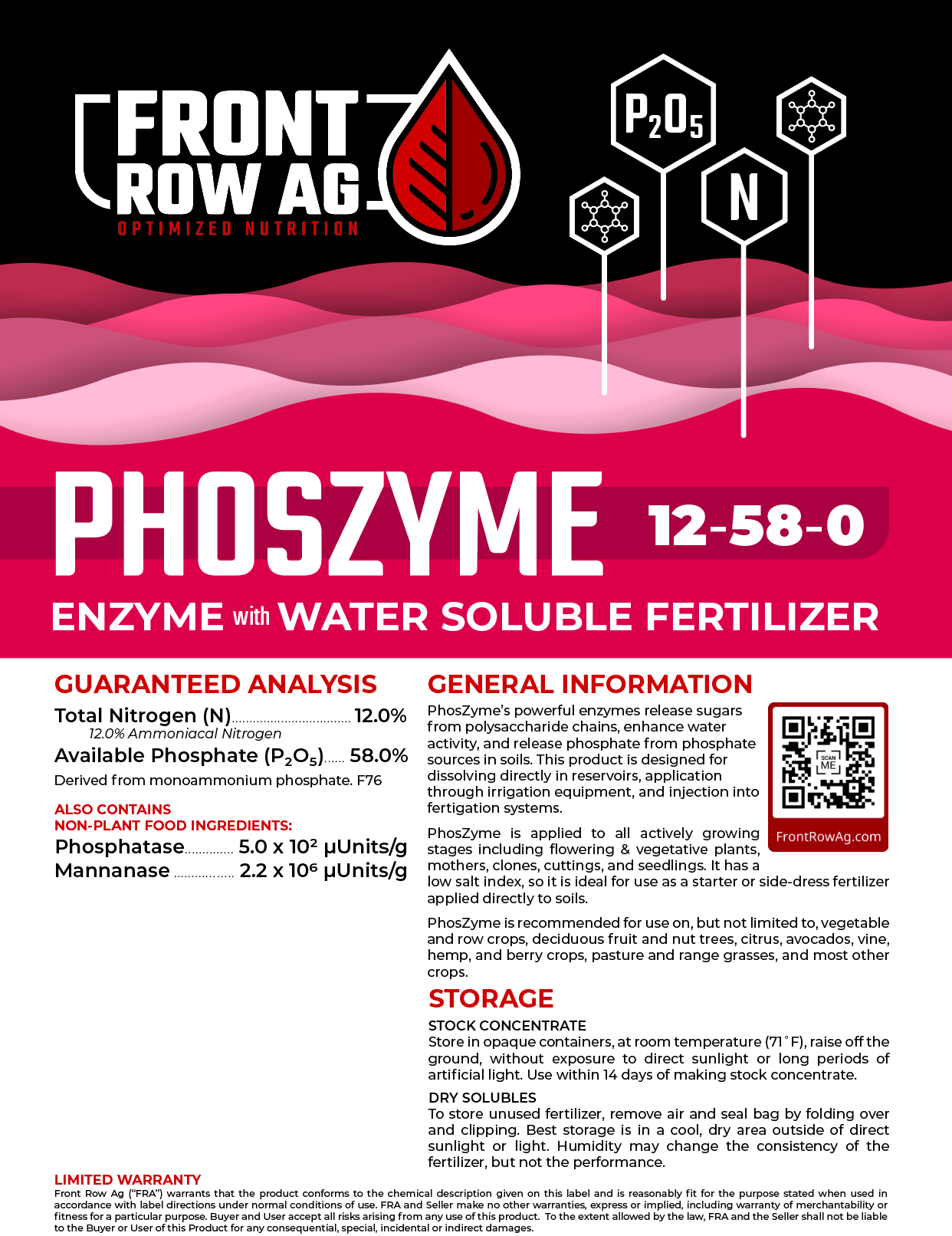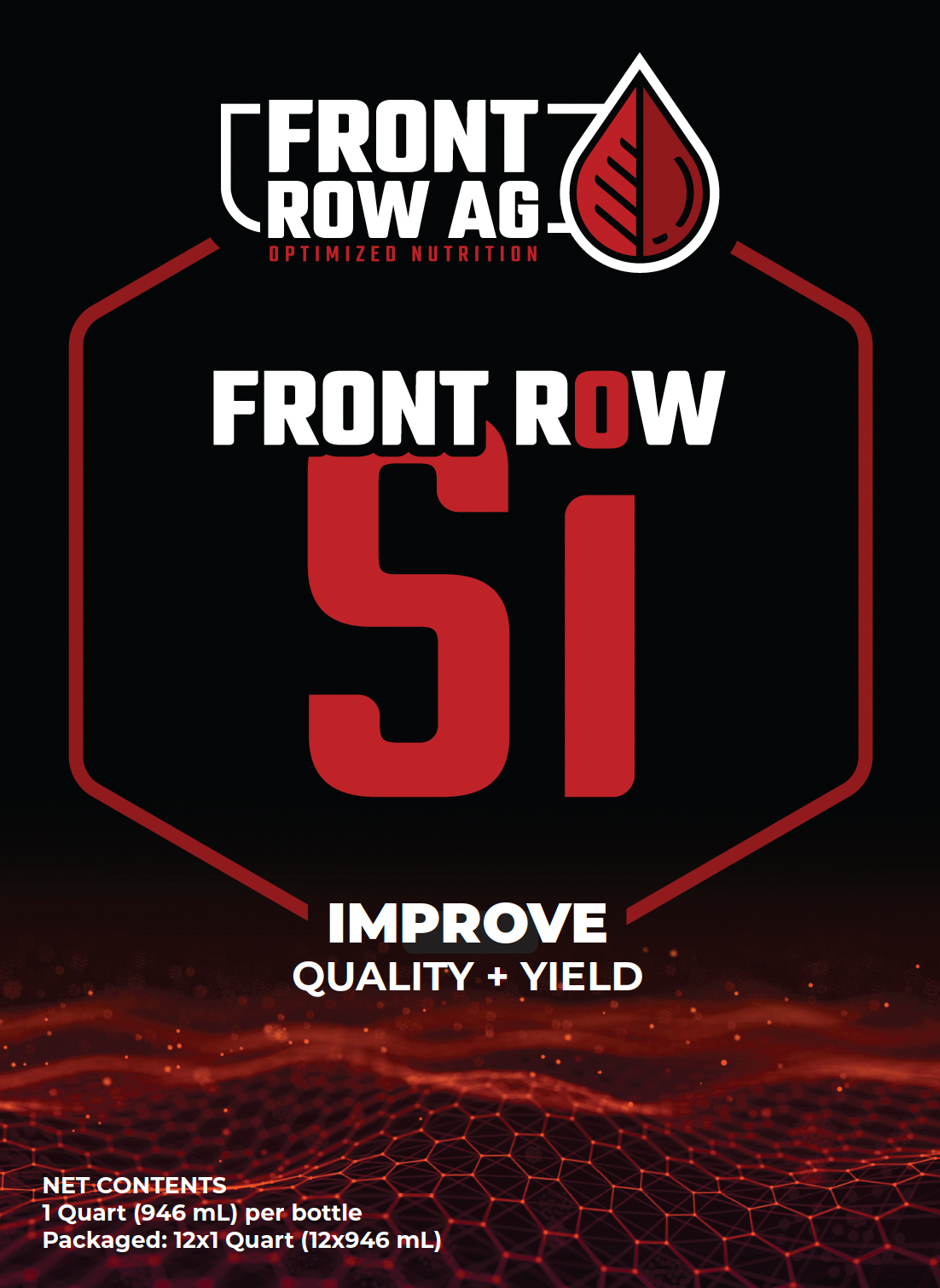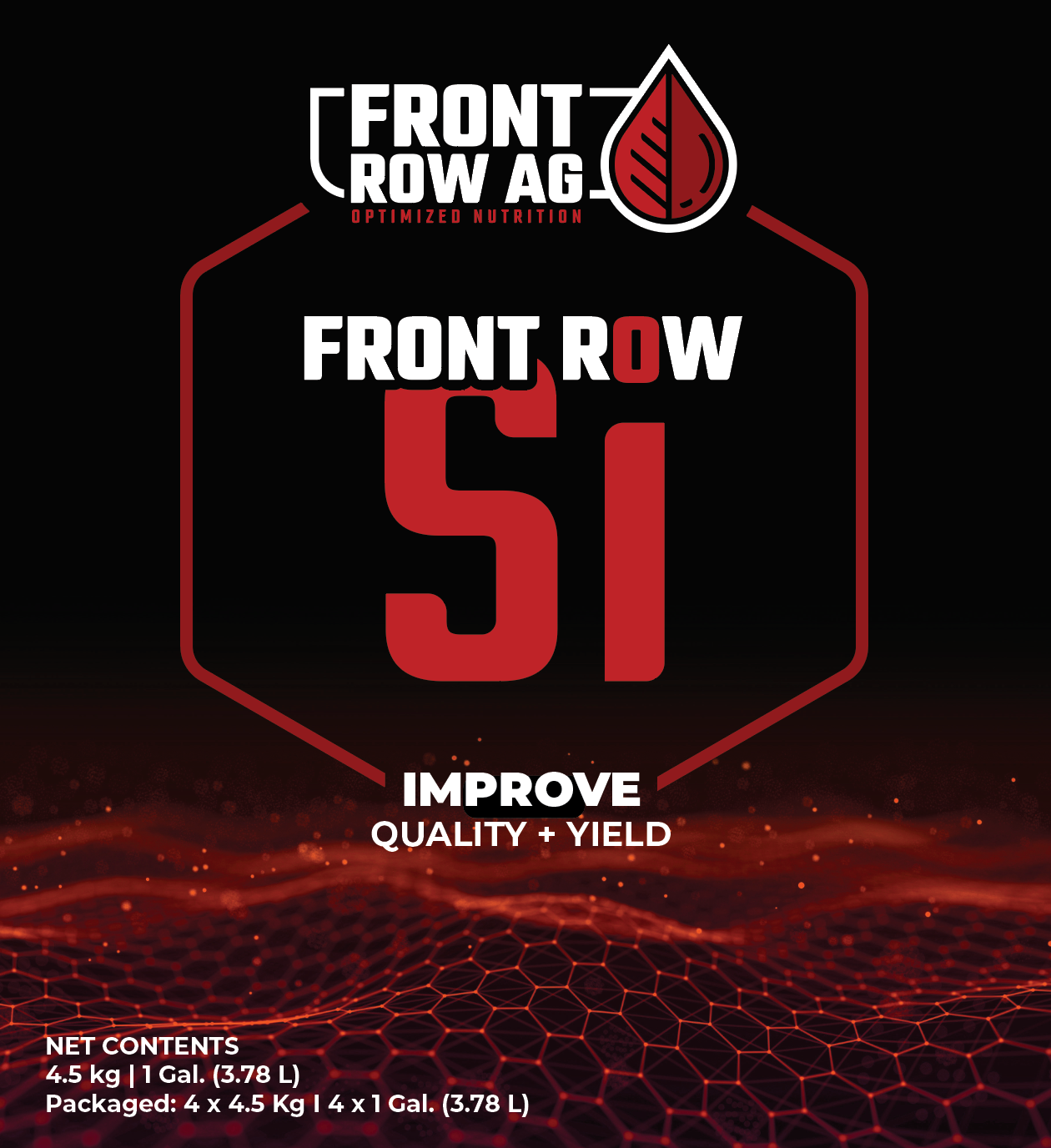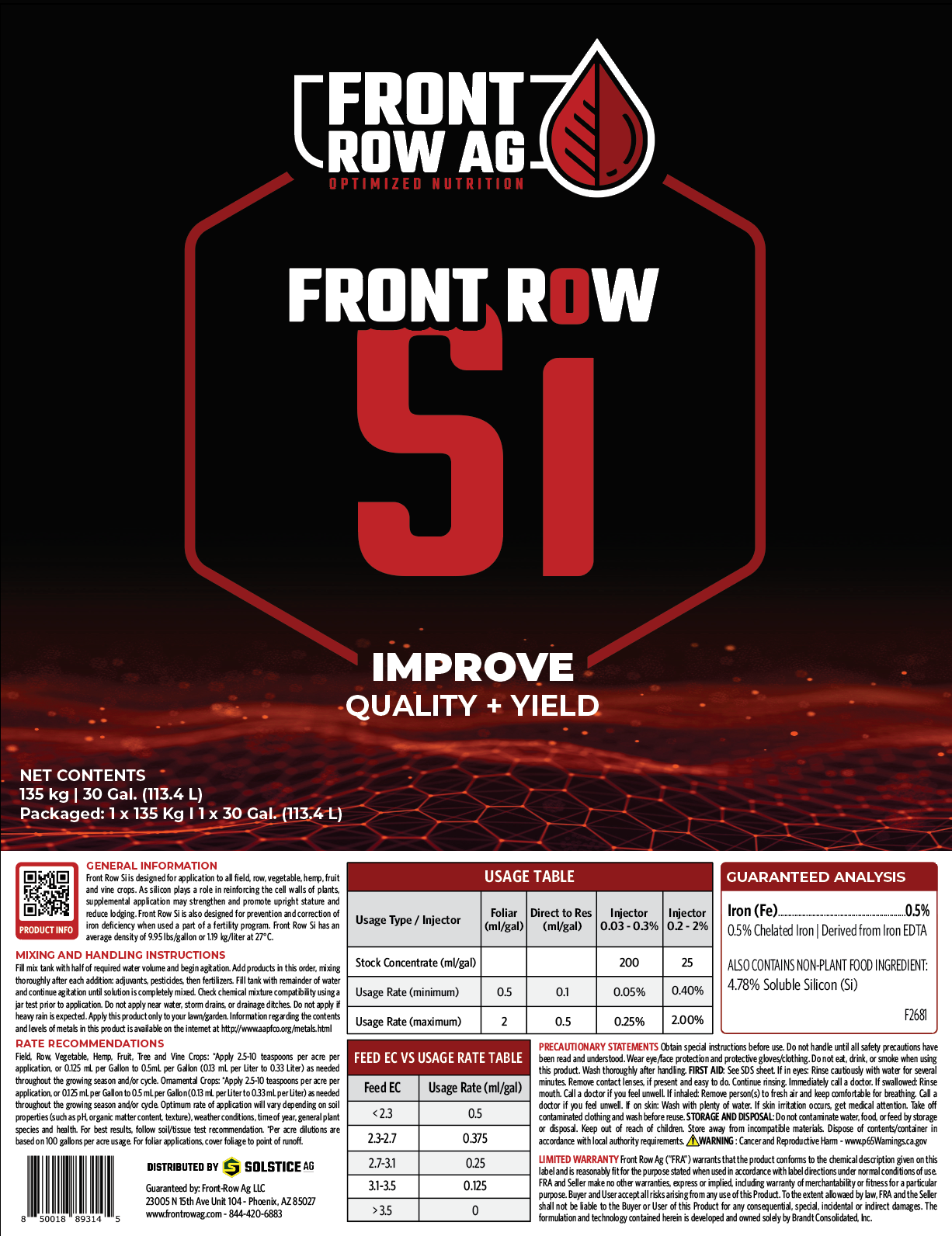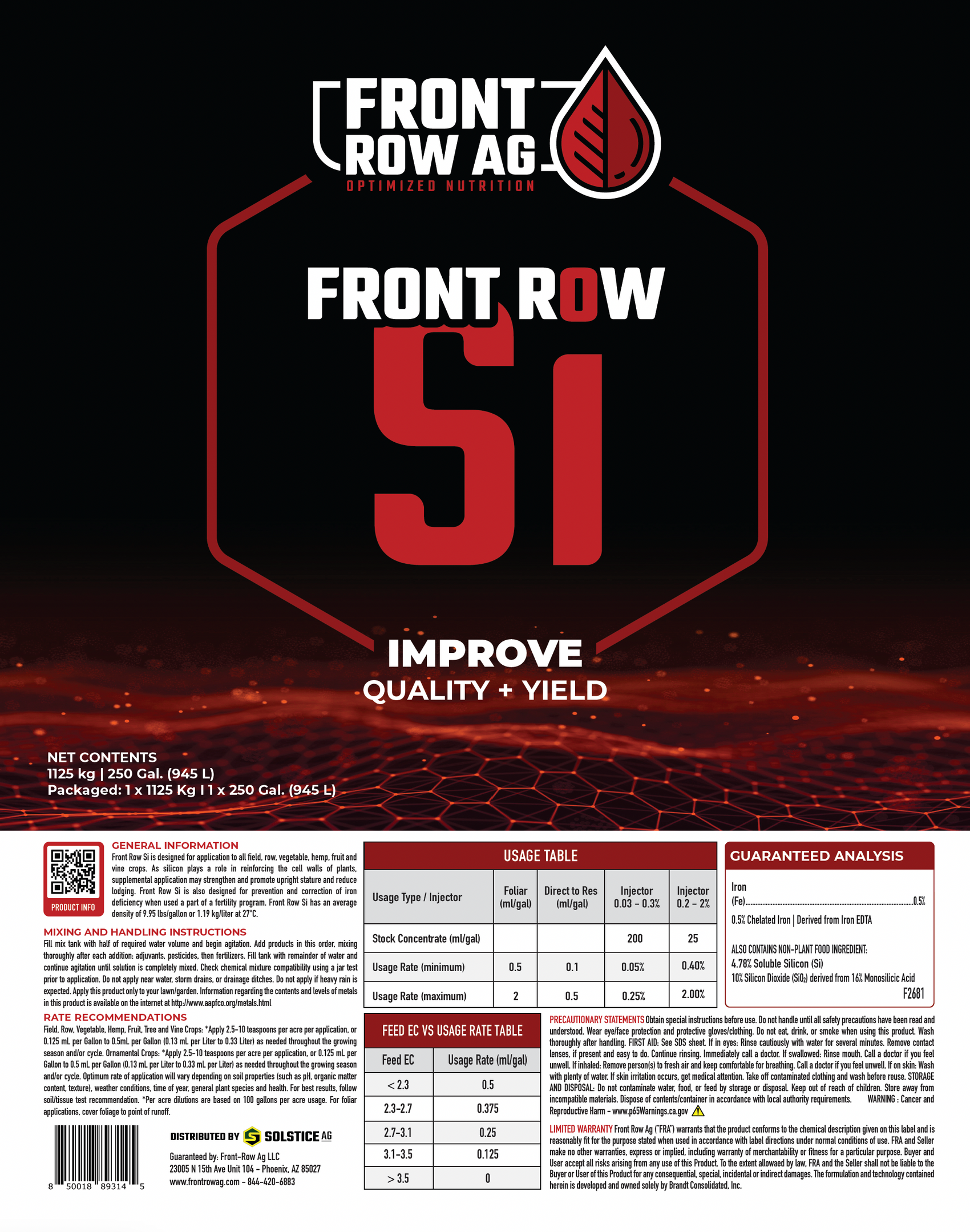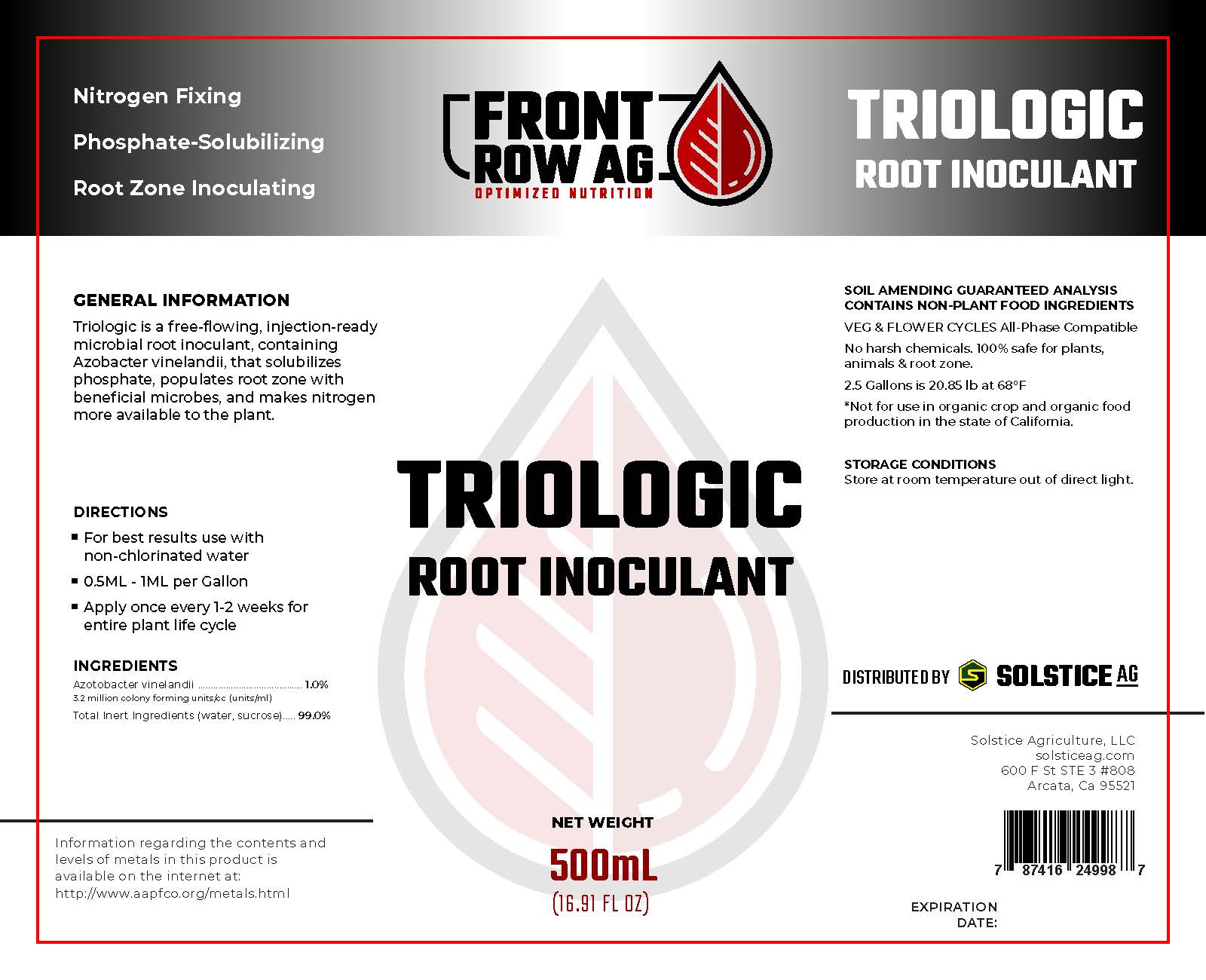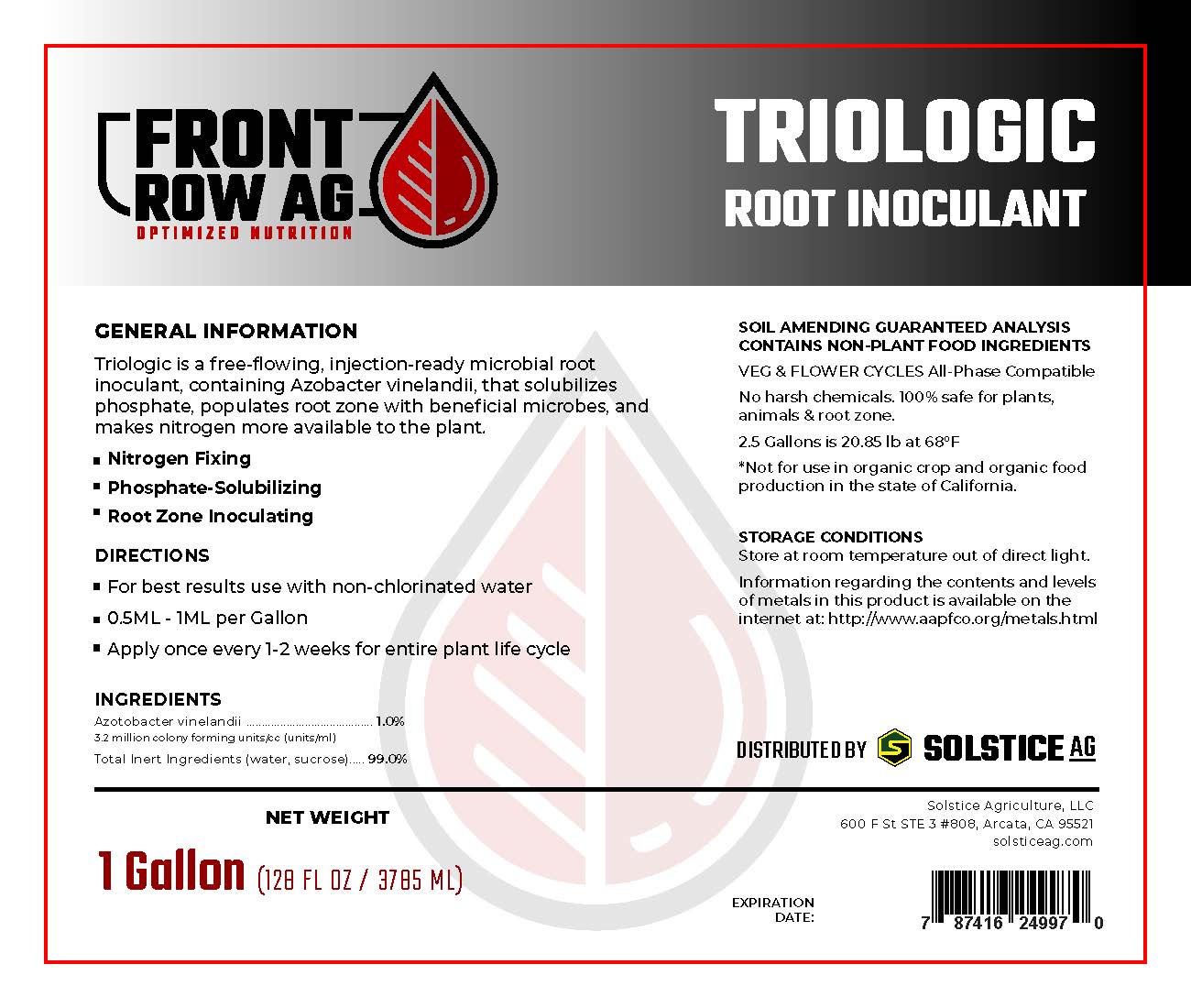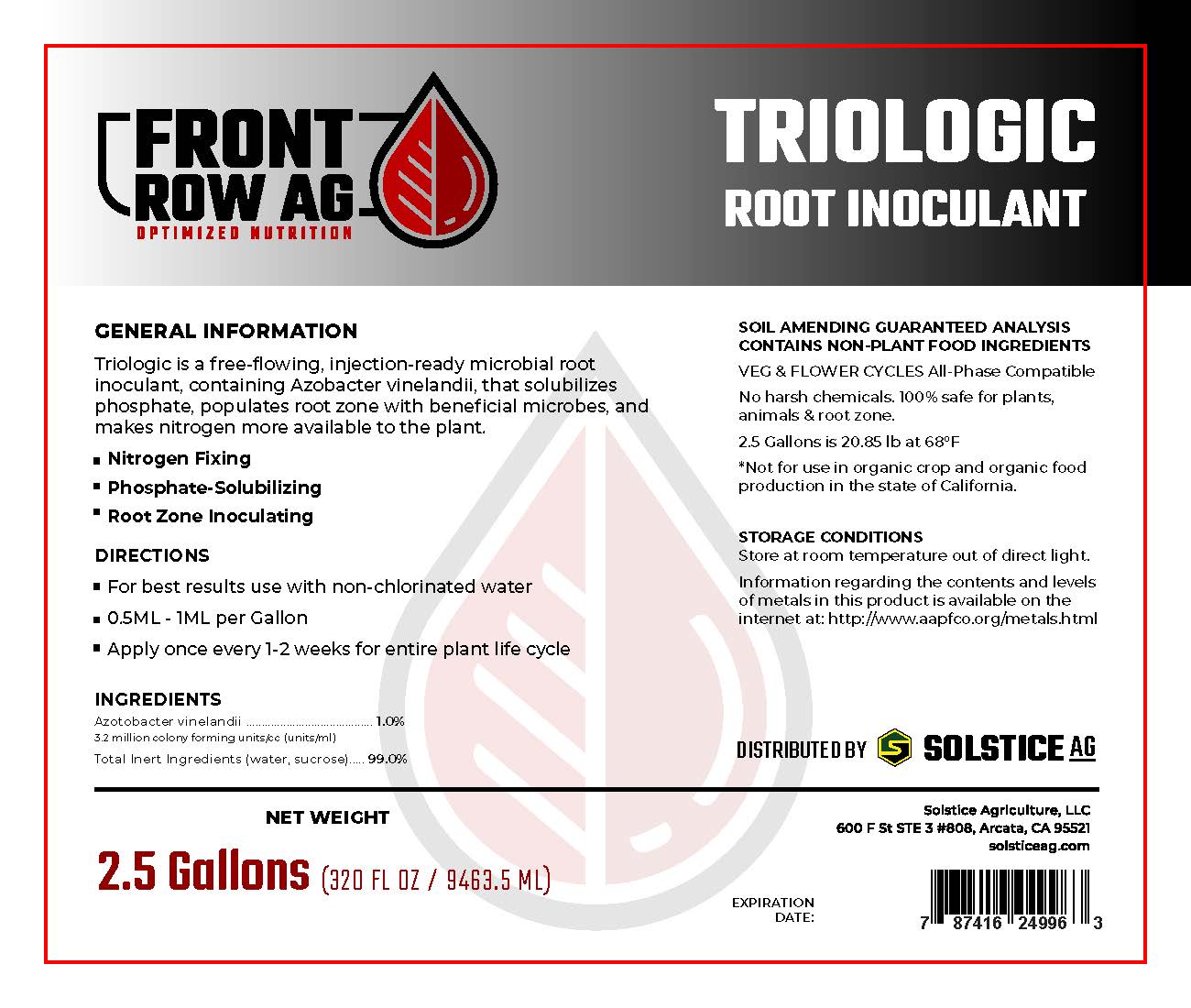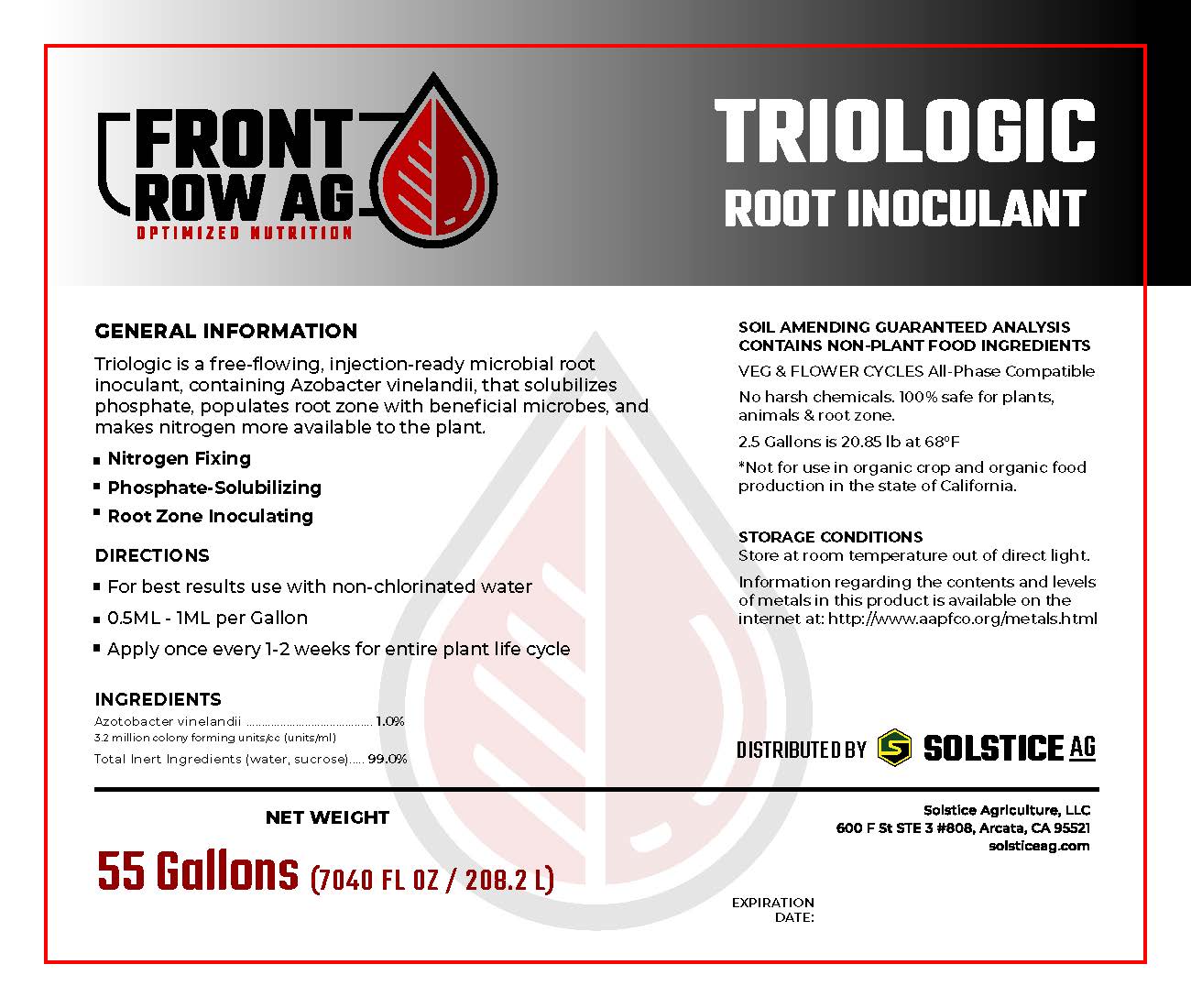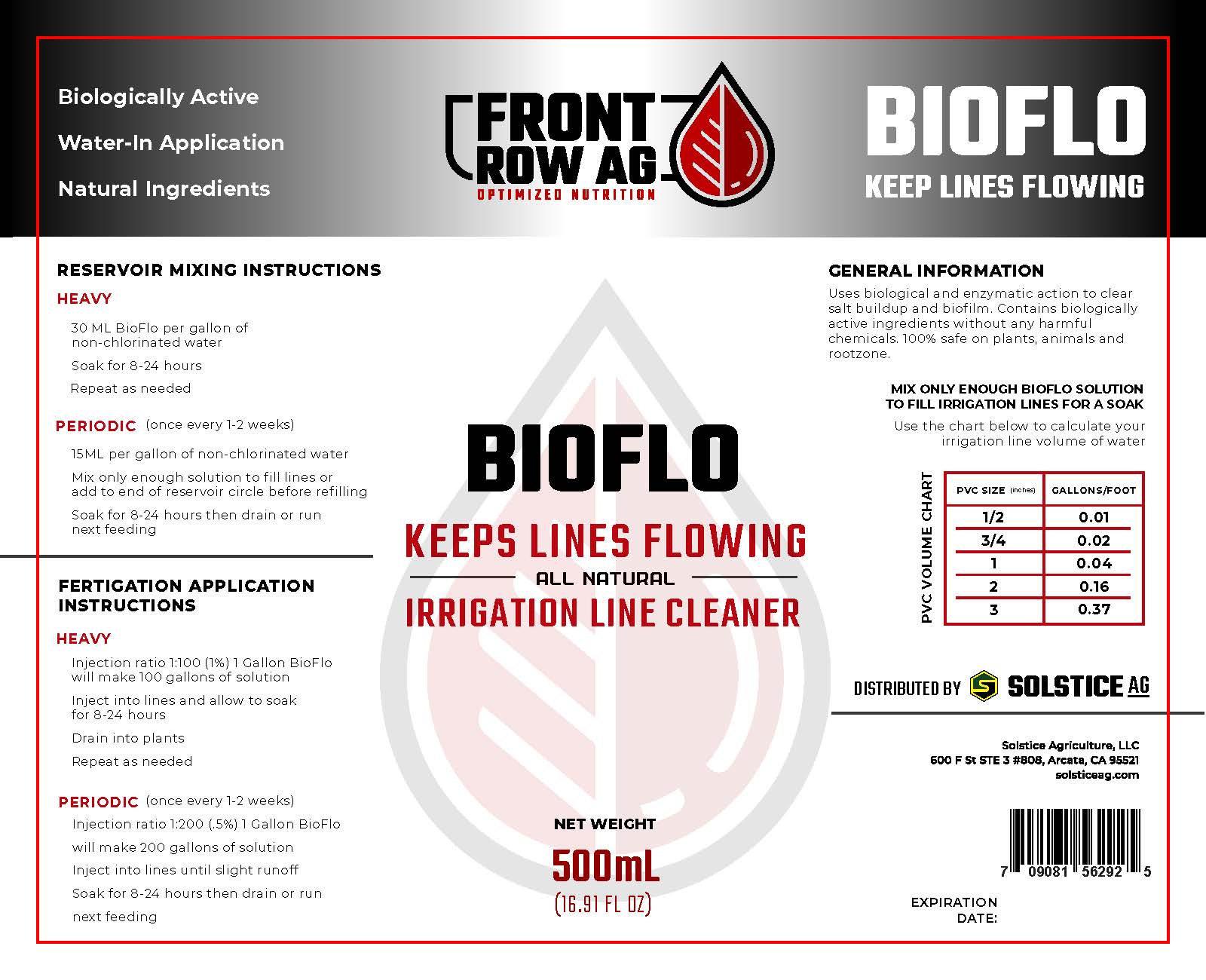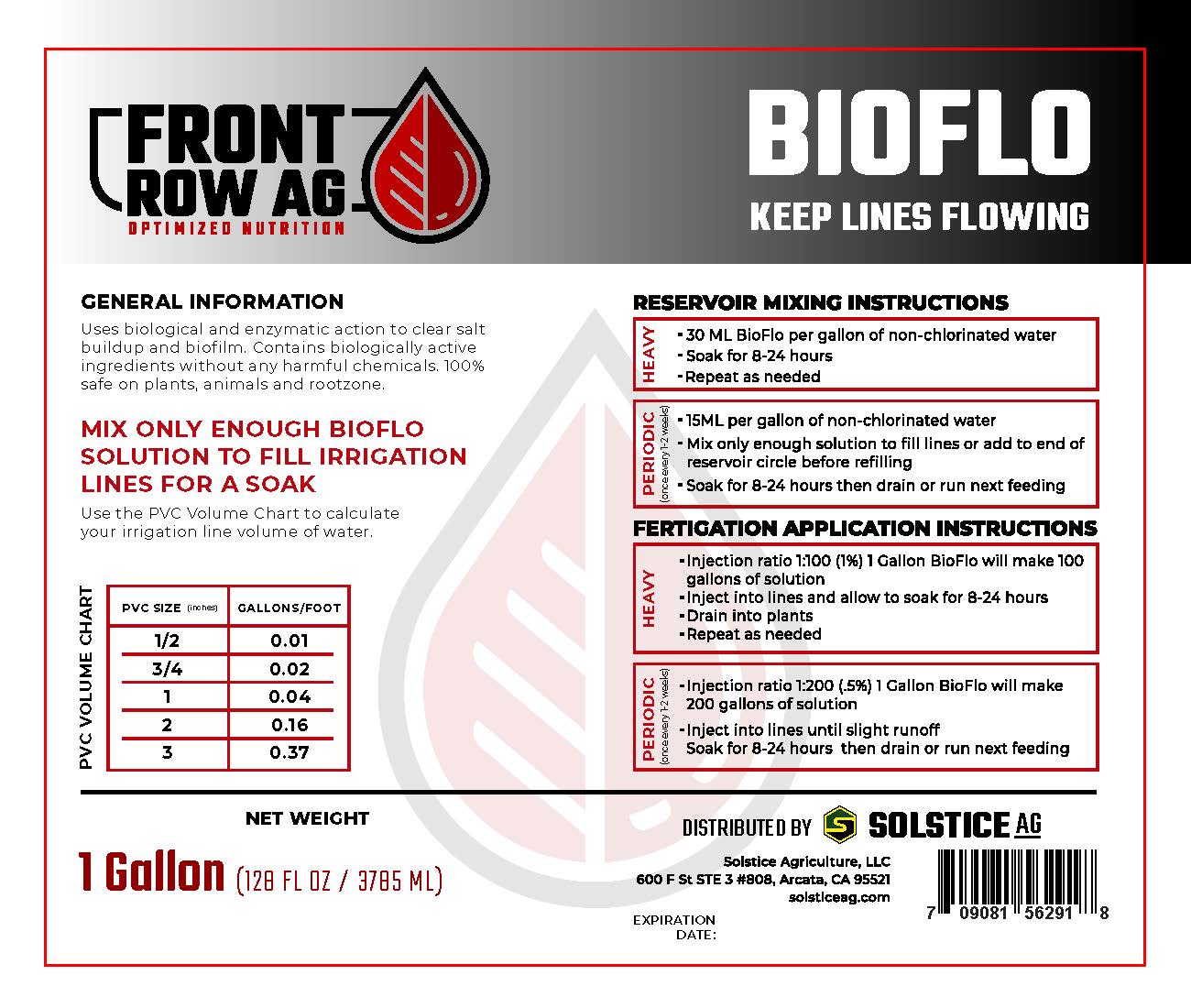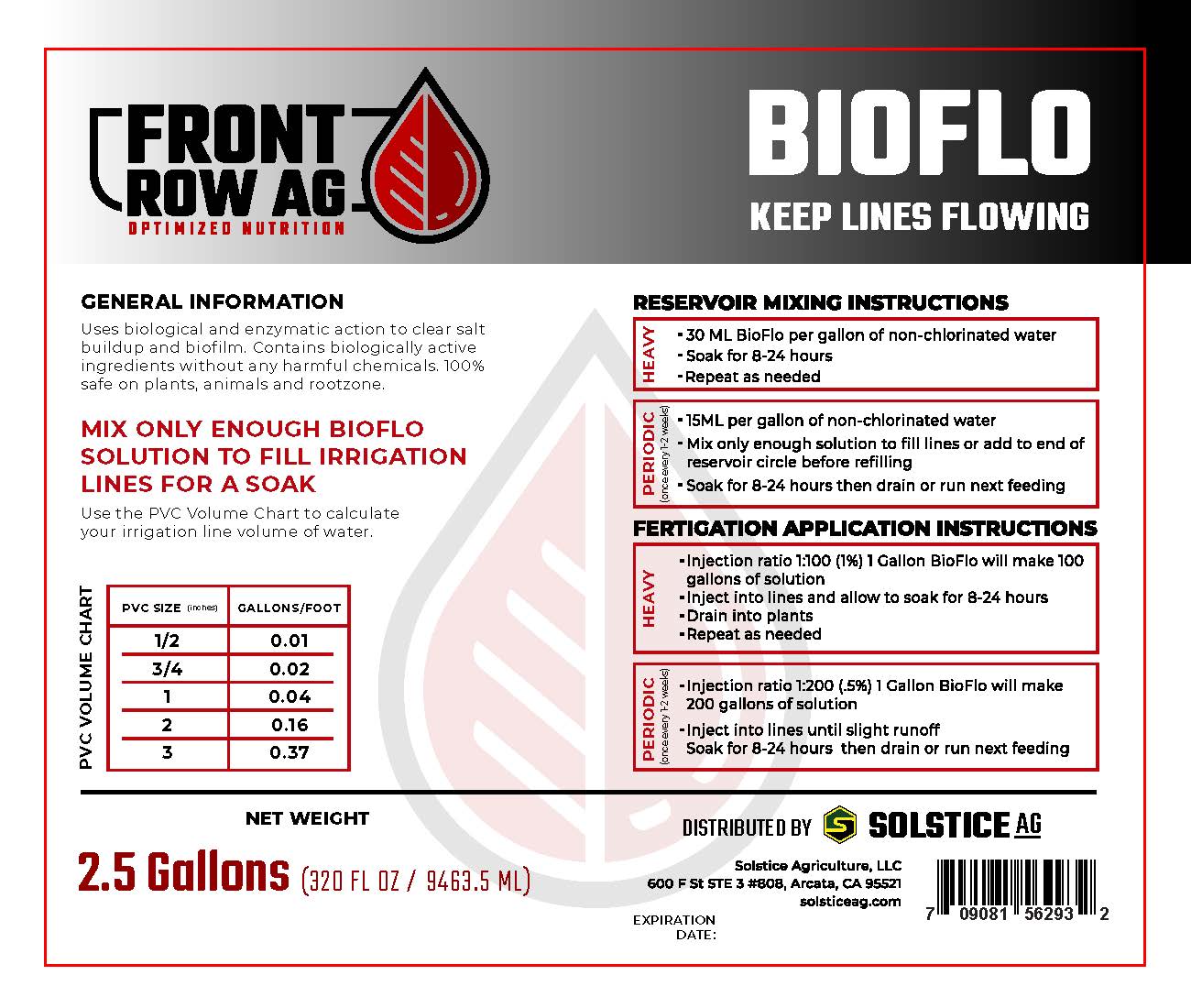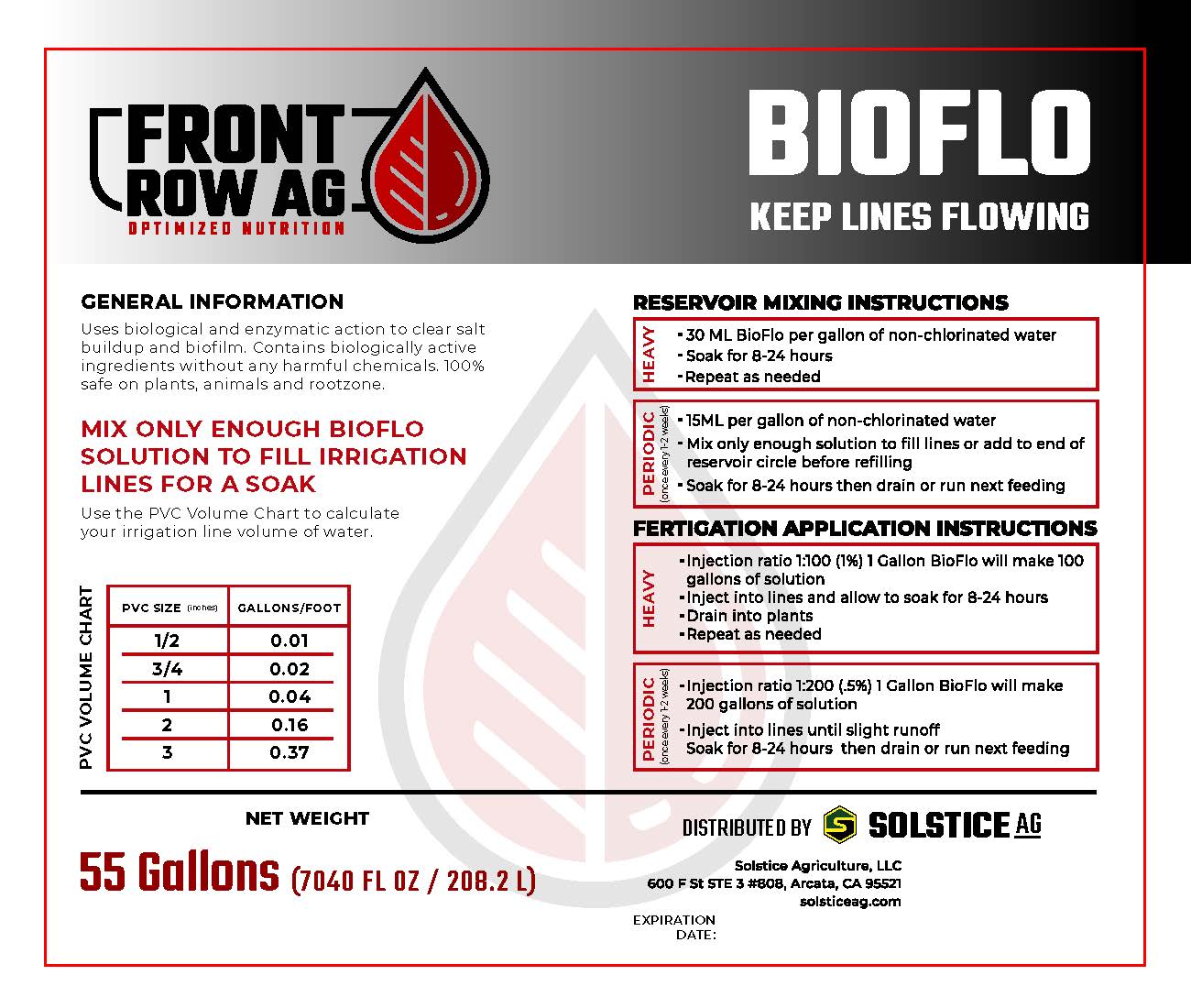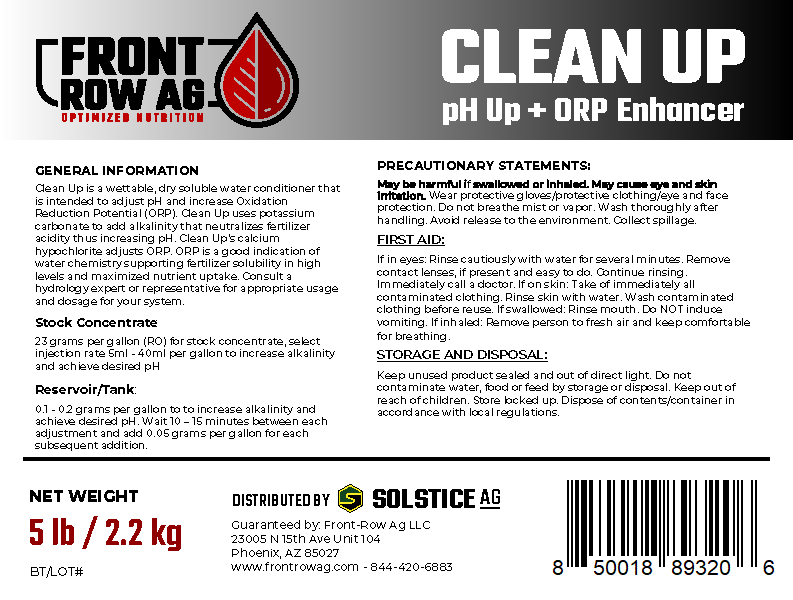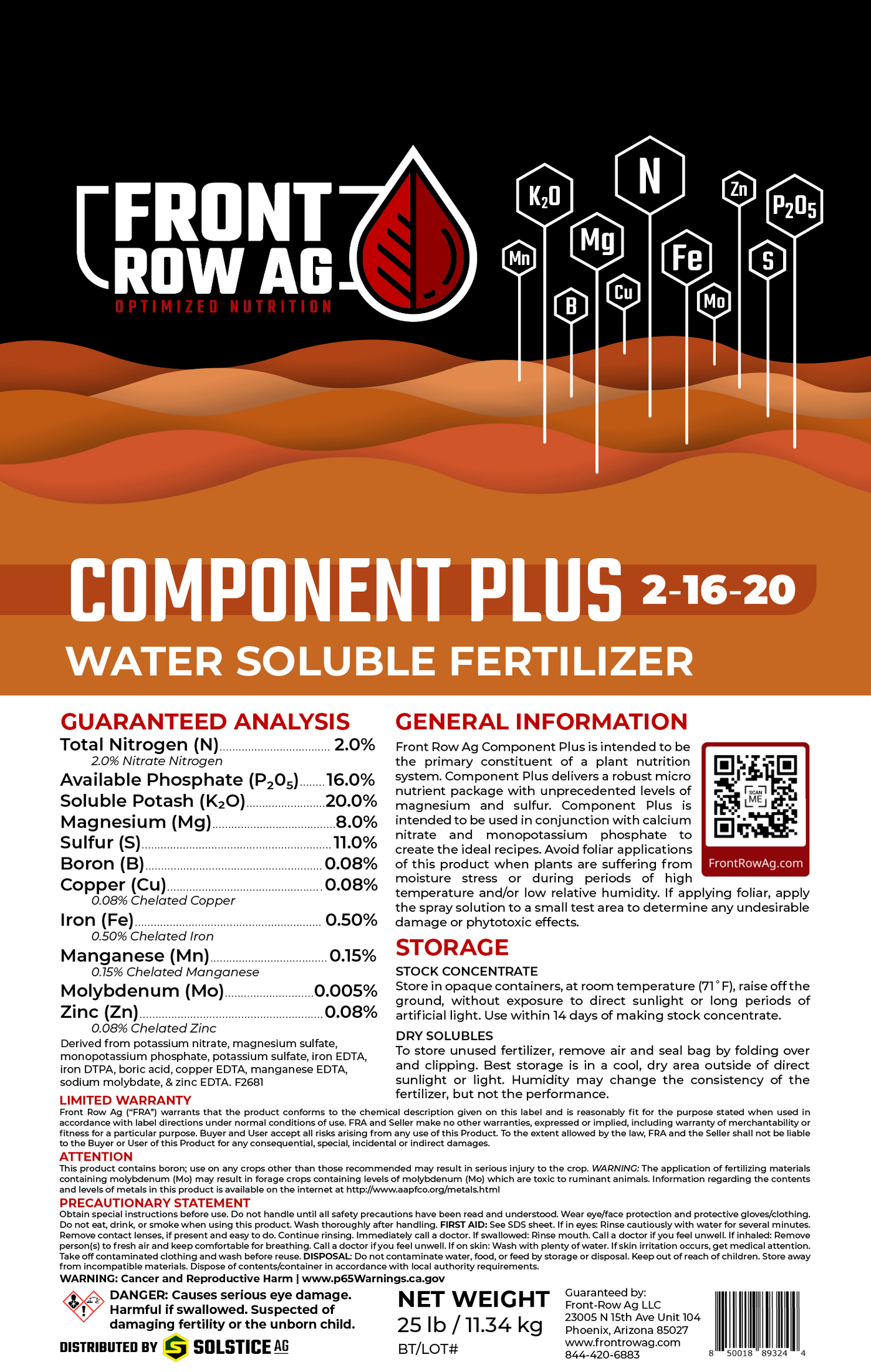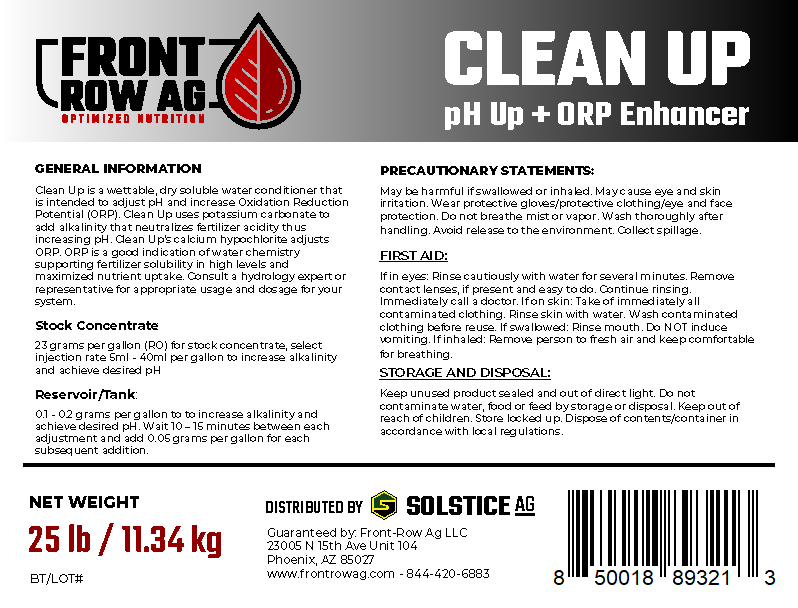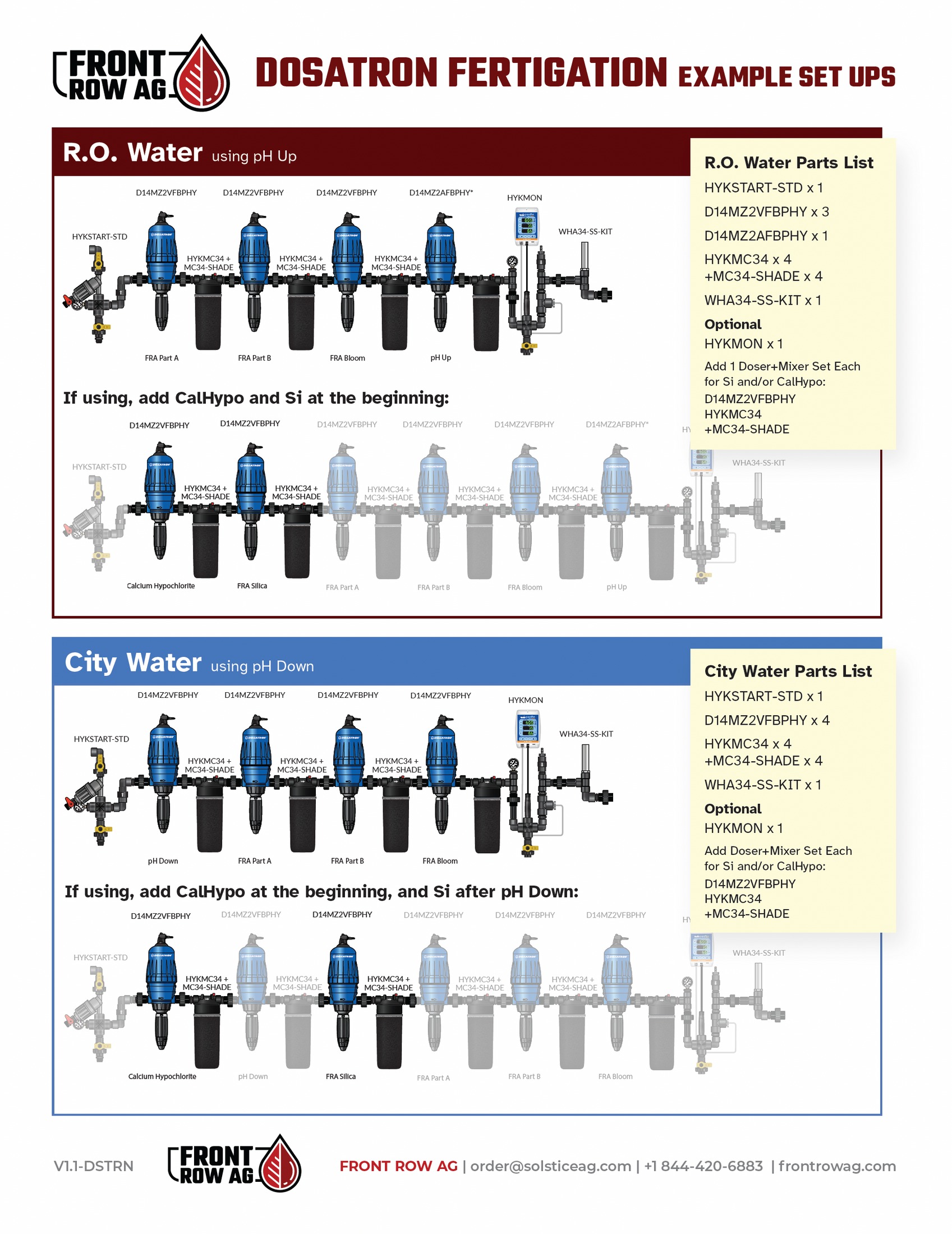Resources
Check out our latest
BROCHURE
FAQ
Our feed charts are only a guide to get you started. It is a moderate, safe feed strength but may be too weak for many situations. You should always adjust feed strengths based on your own observations. Factors that may affect feed strength are strains, water frequency, lighting intensity, pot size, and VPD.
There is a long-standing misconception in cultivation to start light and feed stronger the older plants get. However, as the plant matures and dries out quicker, the feed strength should actually be decreased to avoid burning. This is what we call the Crop Charging Grow Method.
Water hardness refers to the concentration of dissolved minerals, primarily calcium and magnesium, in source water.
When using fertilizers, it's important to consider your water's hardness level. Water with an electrical conductivity (EC) between 0 and 0.3 is generally suitable for use without modifications.
However, if your water has an EC of 0.4 or higher, it's advisable to have it analyzed for calcium, magnesium, sodium, and carbonates.
High levels of magnesium and calcium in water can impact fertilizer compatibility and nutrient availability.
To accommodate hard water, you may need to adjust the ratios of your 3-part fertilizer, dilute the water with reverse osmosis (RO) water, or add acids to optimize the pH level.
You will not need additional Cal-Mag when using Front Row Ag, we specifically designed the formulation over 6 years on Coco Coir media – then moved to stone and rock-wool. This pertains to all situations. If deficiencies are observed, we recommend increasing all parts to keep all micronutrients balanced.
Yes, 0.5 ml per gallon of RO water. A surfactant is already built into the Si, no need add other products.
Yes, stock concentrate clone application is 9 mL of Part A, 9 mL of Part B and pH between 5.6-5.8.
Direct to reservoir clone application is 2.0 grams Part A and 1.4 grams Part B and pH between 5.6-5.8.
Front Row Si can be used at 1/2 mL per gallon.
Learn more about cloning and download our Cloning SOP PDF at frontrowag.com/cloning
In a small, fixed container a young plant will take longer to dry because the roots are underdeveloped. EC needs to be higher so the plant has enough food to grow. As the roots develop, dry down becomes quicker and EC can be reduced. Because irrigation frequency increases, the media fertility stays in the optimum range.
Crop Charging also promotes the internal storage of nutrients, carbohydrates and proteins in vital syncs within the plant tissue. While EC is high and food is available, the plants build up these storage sites for later use without compromising day-to-day growth. Later in the plants’ life cycle, it will utilize this stored energy for flower production.
Customers who purchase in bulk for commercial-scale operations can apply for bulk discounts and support by applying for a commercial account.
If you are not sure whether you qualify for a commercial account, call us (844) 420-6883.
Or fill out the application and we will follow up to let you know.
Root zone pH can affect nutrient uptake rates. Using the right pH for your nutrient solution is a combination of understanding your media, climatic pressures, irrigation practices, and feed conductivity among other variables.
Typical pH ranges are between 5.6 - 6.5.
Extra care must be taken with amended soil medium to make sure your fertilizer feed is applied at rates that compliment the unknown NPK value in the soil. We recommend using certified facilities for soil testing to determine the best amendments, compatibility, and application rates.
Our feed charts work very well, but are only a guide. If you have existing cultivar/system specific feed charts, you can match your existing weekly EC targets while keeping the proportions in our feed charts. Another option is to start at half strength and gradually increase, while carefully observing the plants.
Front-Row Ag uses the highest purity and grade agricultural inputs.
Front-Row Ag does NOT use pre-blended micros, nor solely repack other manufacturers raw ingredients.
Front Row Ag individually blends each of the micronutrients, chelates, and other added technology with each custom blend.
Front Row Ag technology includes proprietary complexing agents, mixing methodology, surfactants, and sterics.
Front Row Si uses an advanced stabilization technique that does not require PEG (Polyethlene Glycol) like some other brands. It is has 10% MSA and a higher level of plant available Silica.
It is also more cost effective (less expensive). Front Row Si also has a built in surfactant and can be used as a foliar feed at 0.5ML/gallon.
No. You will not need an additional bloom booster when using Front Row Ag Bloom. This contains all the needed micronutrients, plus ideal quantities of P-K, to allow you to maximize density, quantity, and quality.
Yes, sourcing the highest quality inputs ensures the lowest heavy metal. We have had many commercial facilities in many states pass heavy metals testing in states such as California, Massachusetts, Colorado, and many more.
If you're having trouble locating a specific feed chart, it could be because it is archived. Email sales@solsticeag.com, and they'll be happy to assist you in accessing the archived feed chart information you're looking for. Include 'Feed Chart' in the subject line and let them know which feed chart you're trying to find.
Feed Charts
Would you like to use an existing feed chart or build your own custom feed chart?
Use Existing Feed Charts
Browse our collection of existing feed charts to find one that best suits your cultivation style.
Build A Custom Feed Chart
Input target EC to automatically generate a feed chart. Save as a PDF for downloading & printing.

Estimate your costs with our
USAGE ESTIMATOR TOOL
Our new usage estimator tool makes it easy to add the amount of product you need. Simply input your feed EC, the number of weeks, and weekly water usage for veg and flower; then press 'Calculate'.
Then you'll see what you need and you can quickly add all of the products to your cart.

